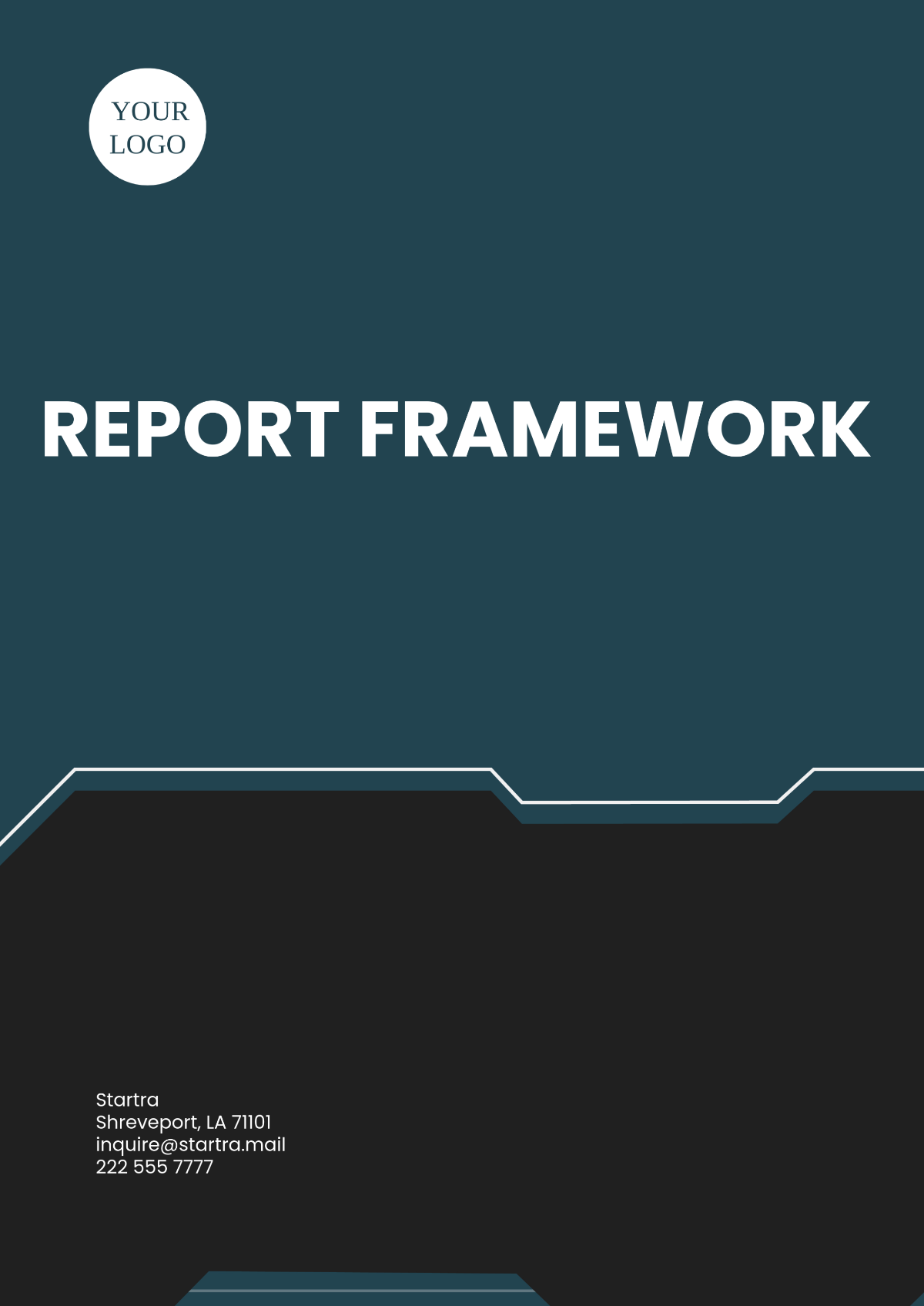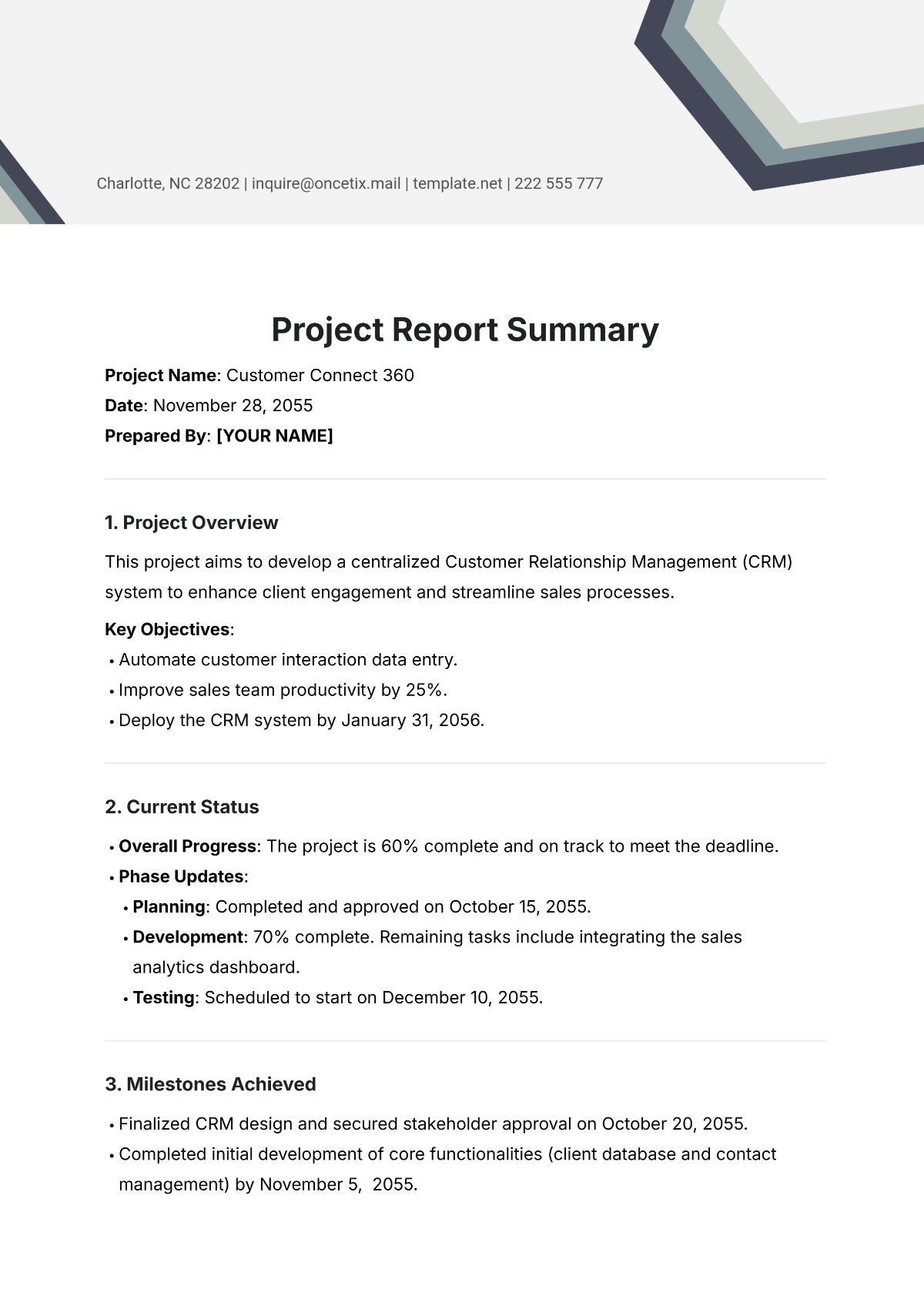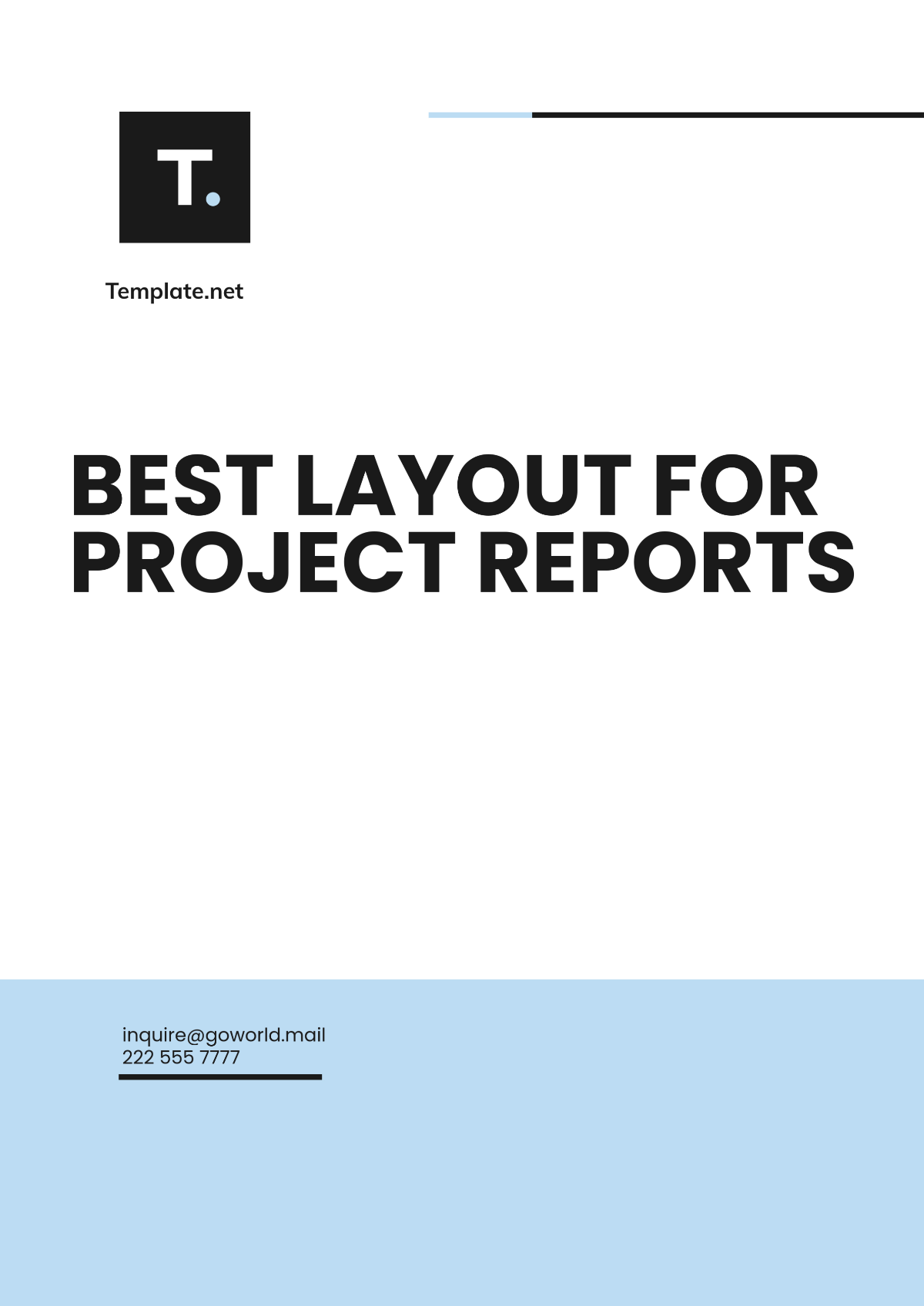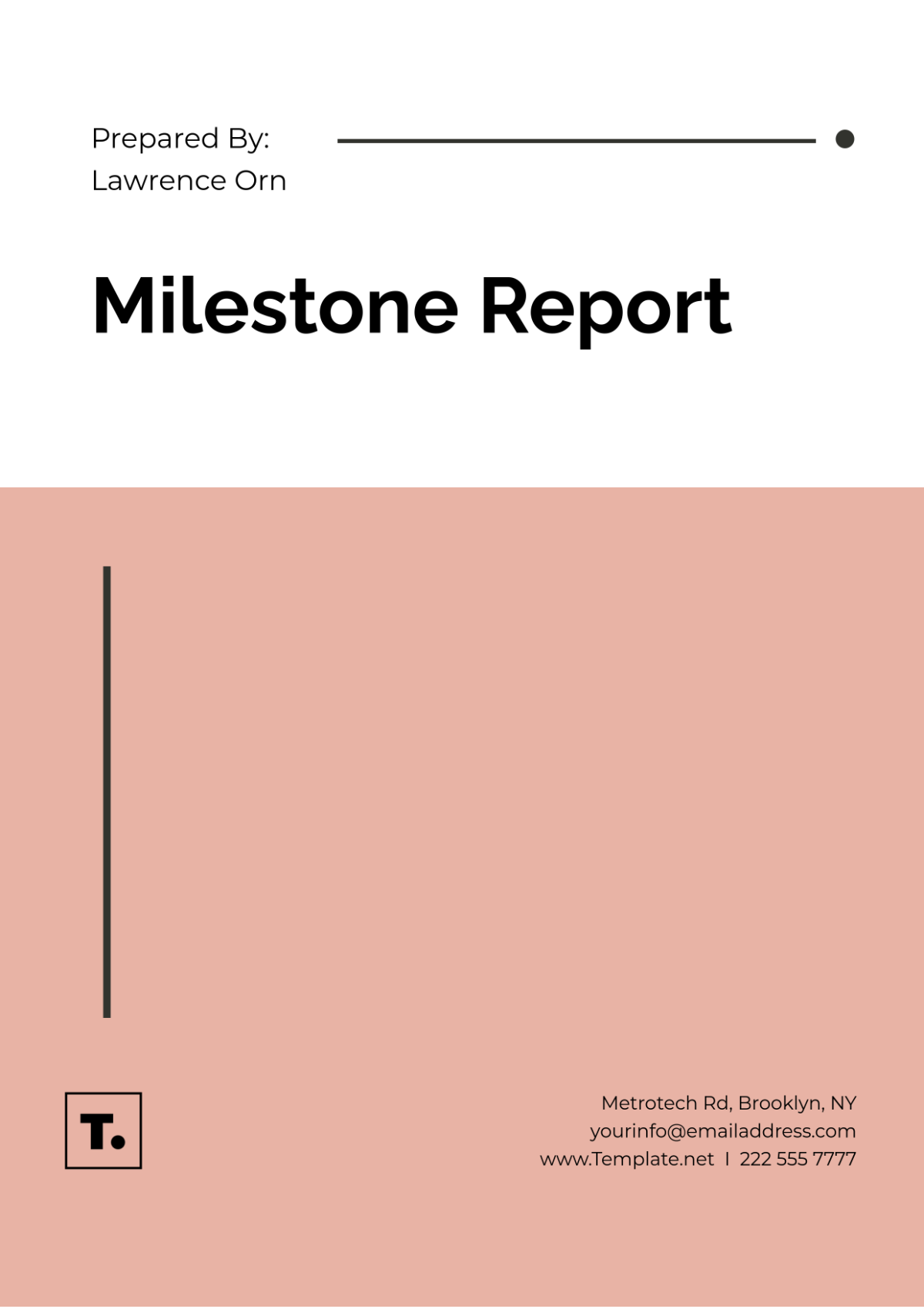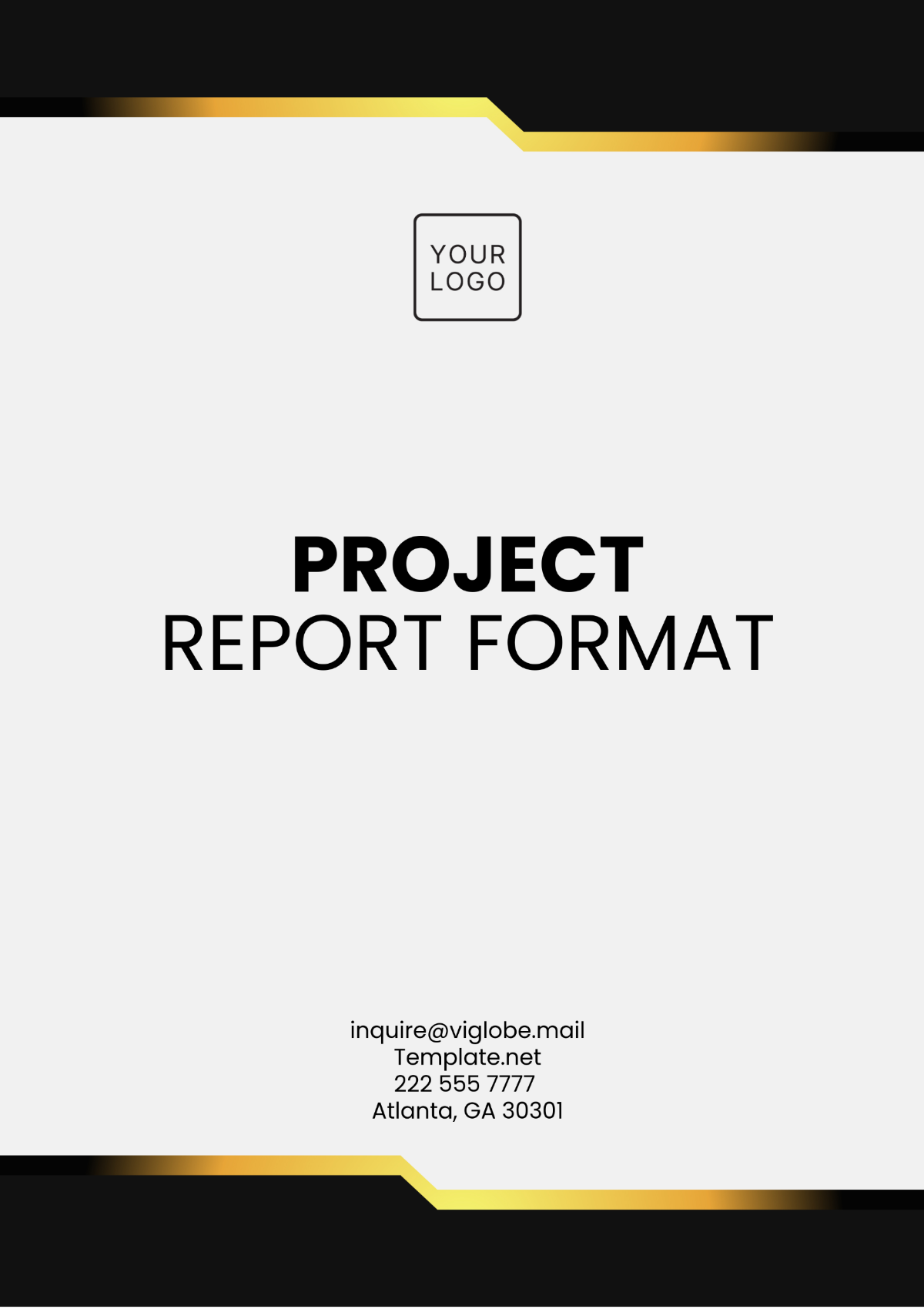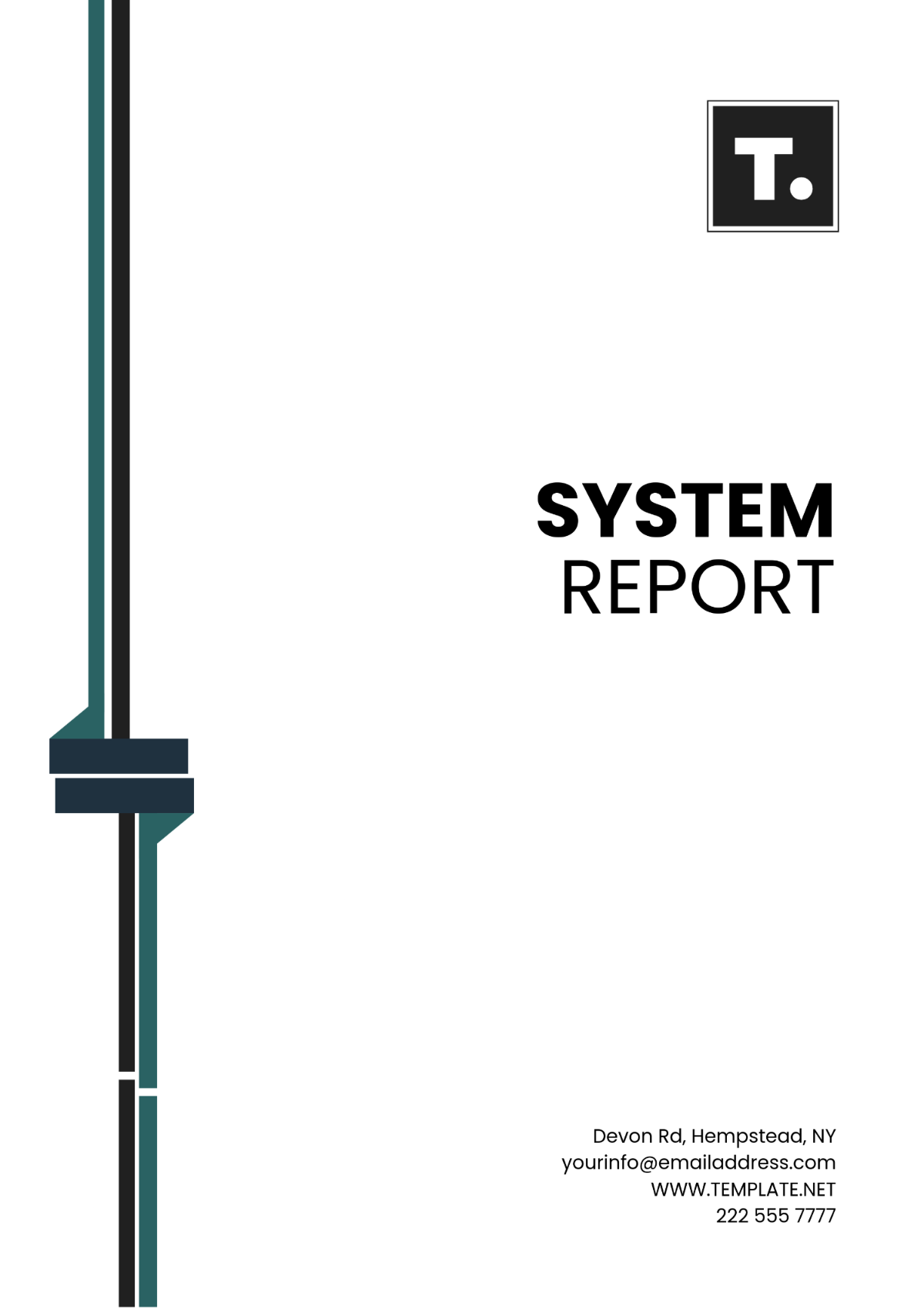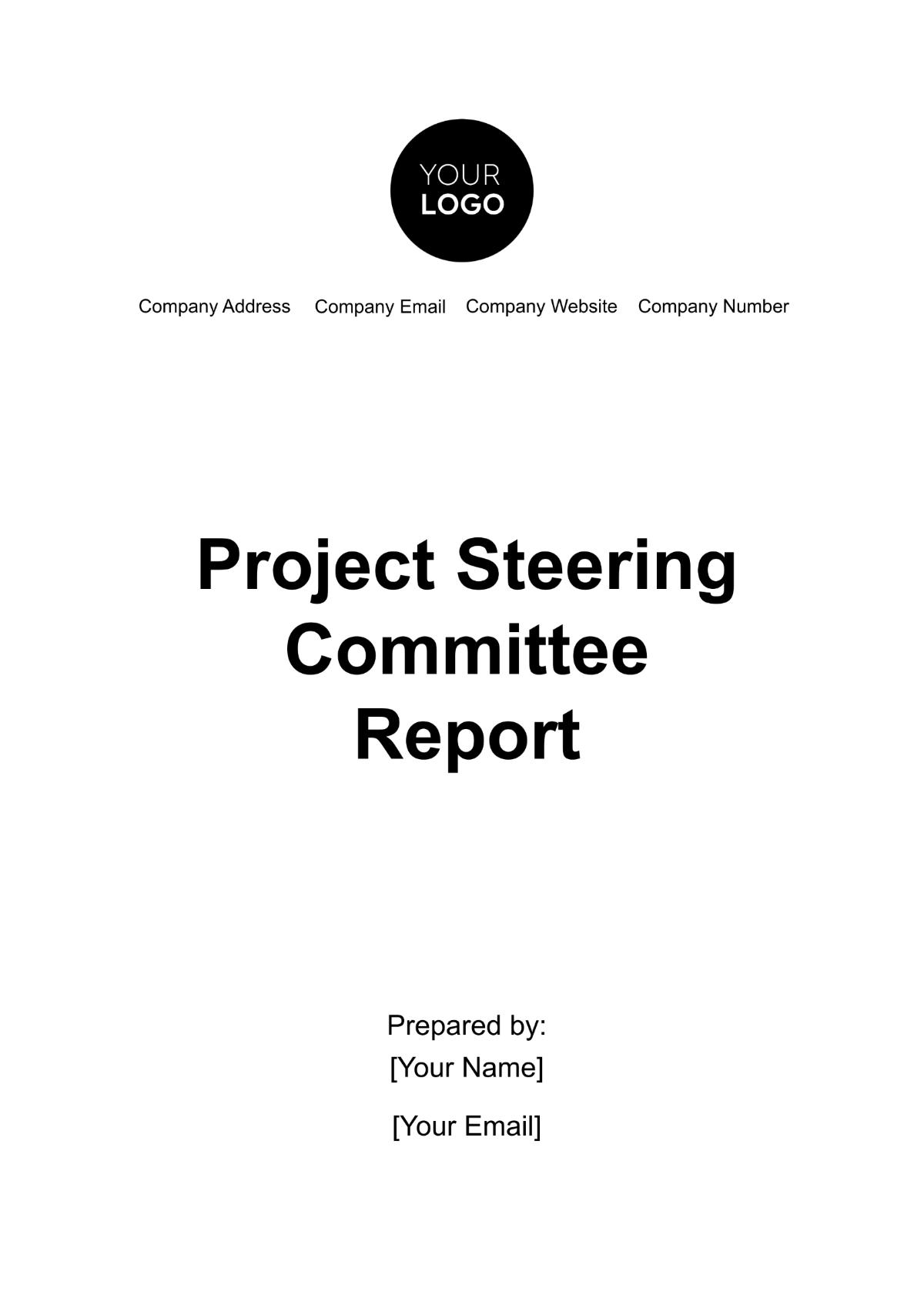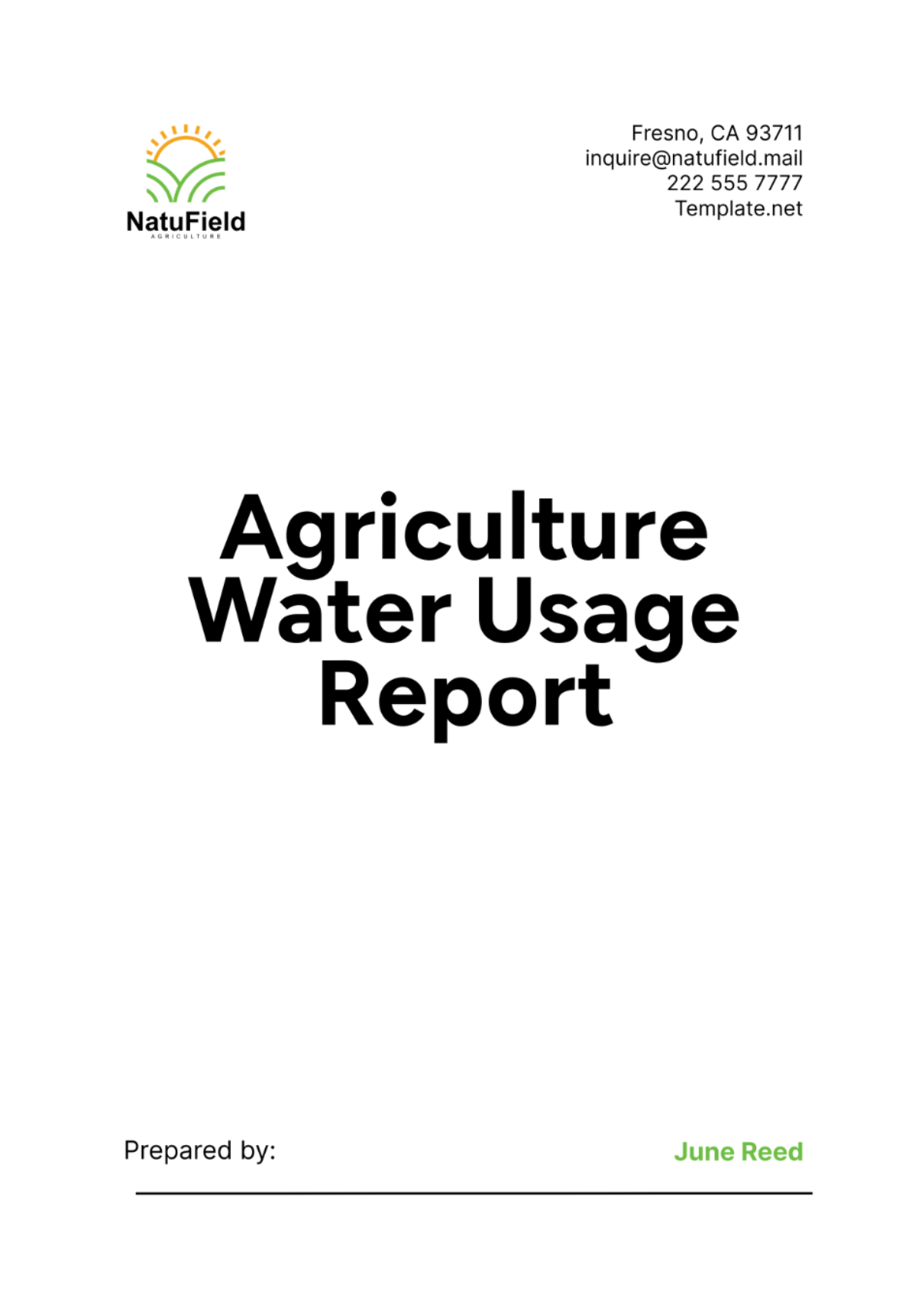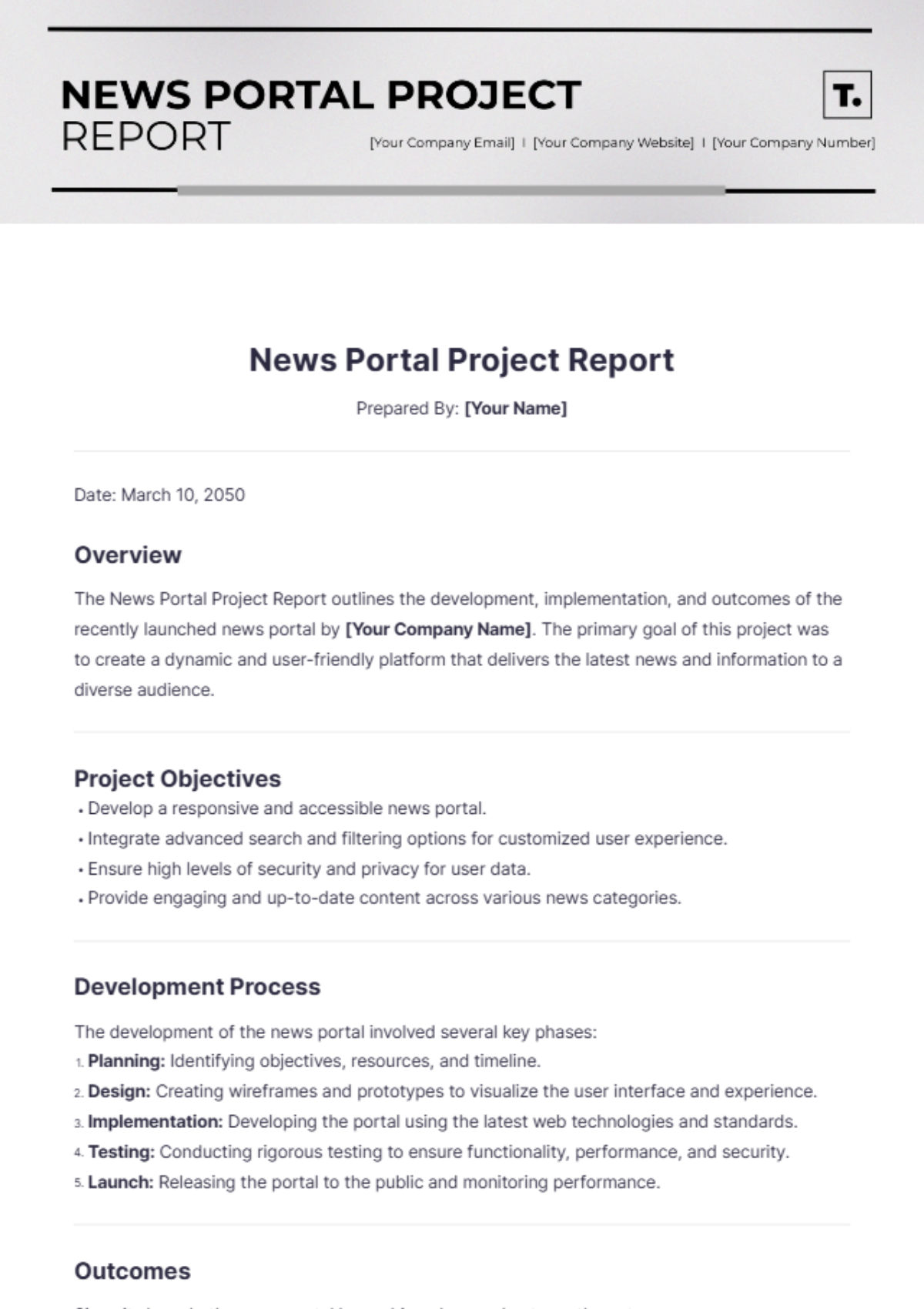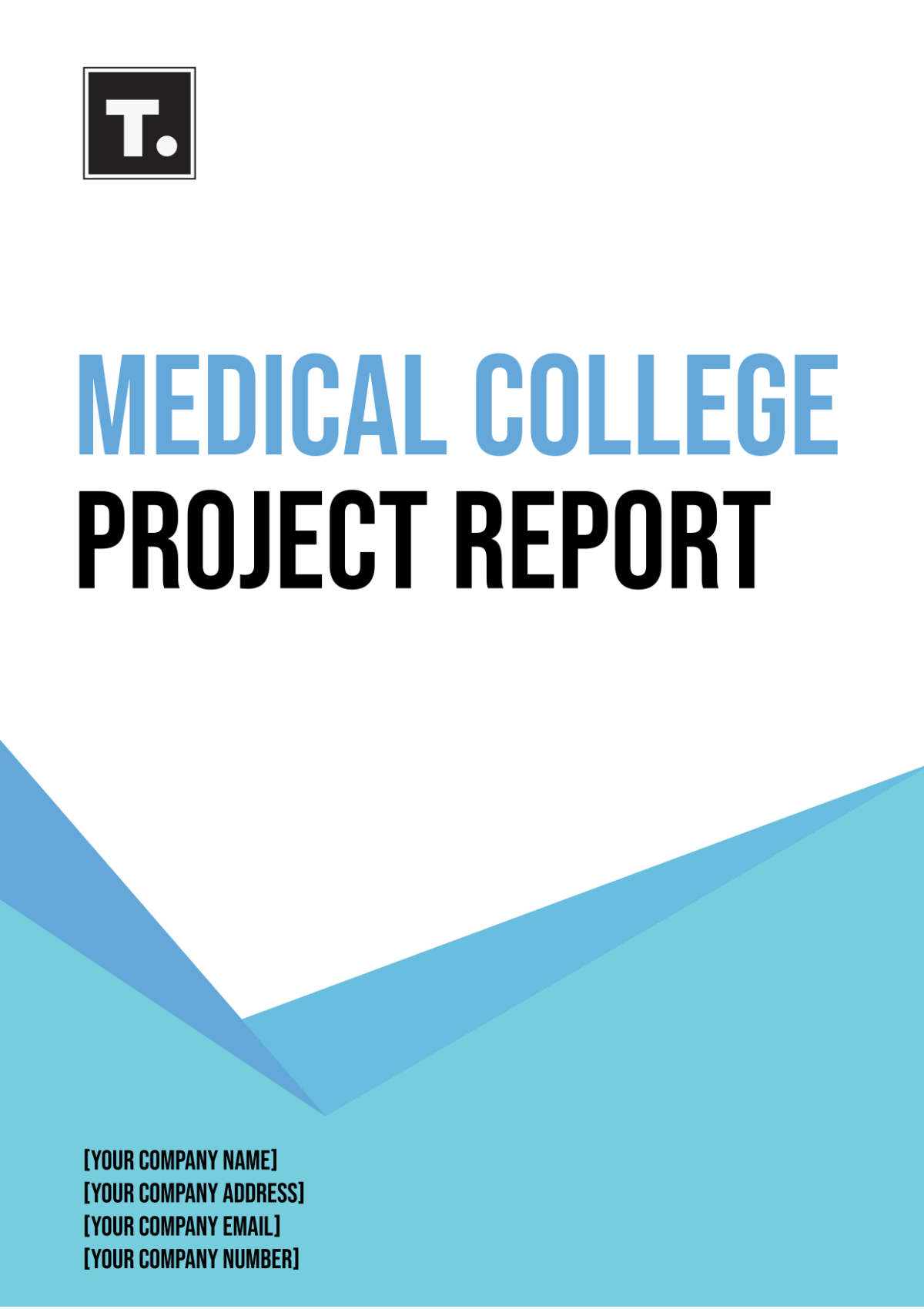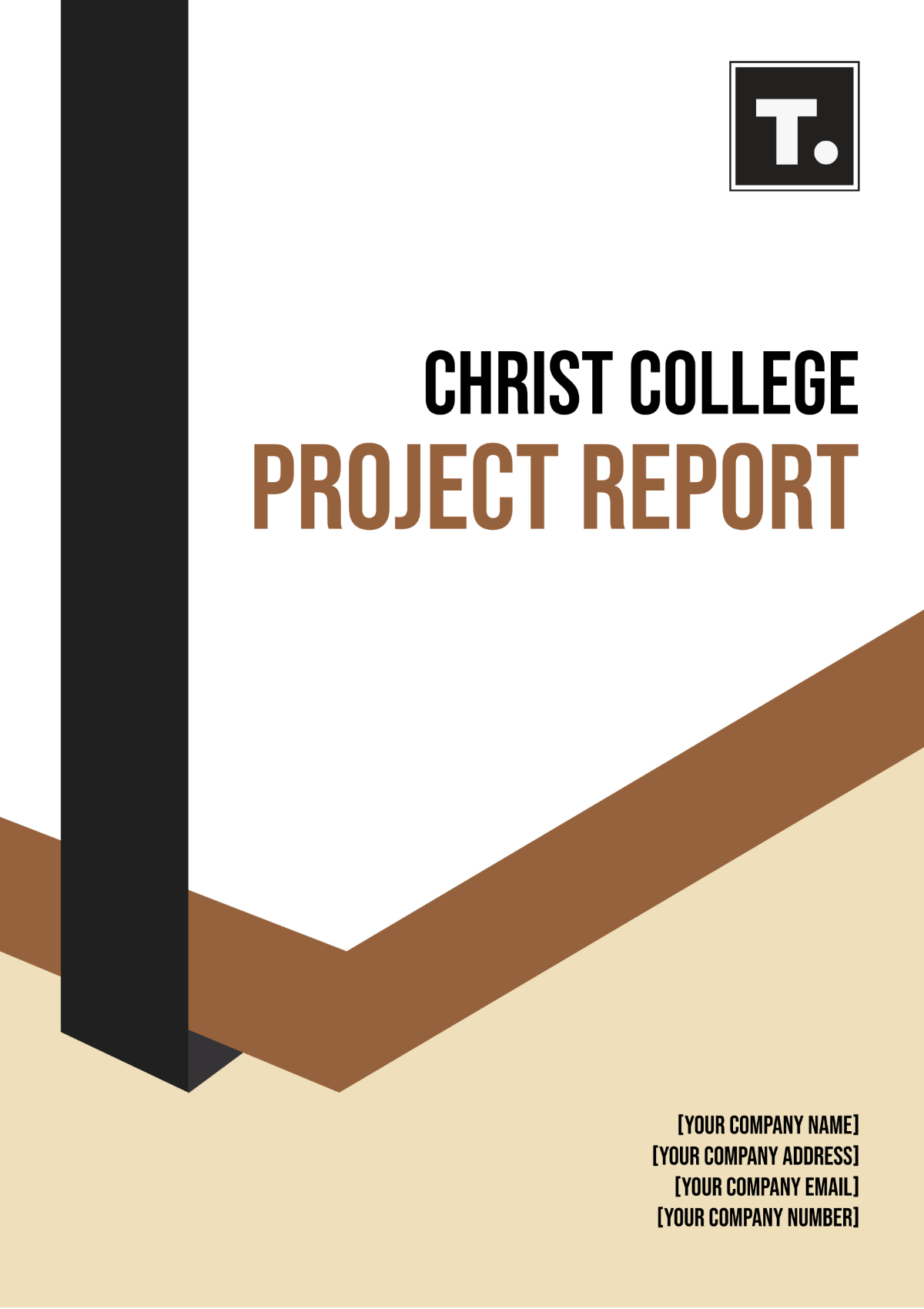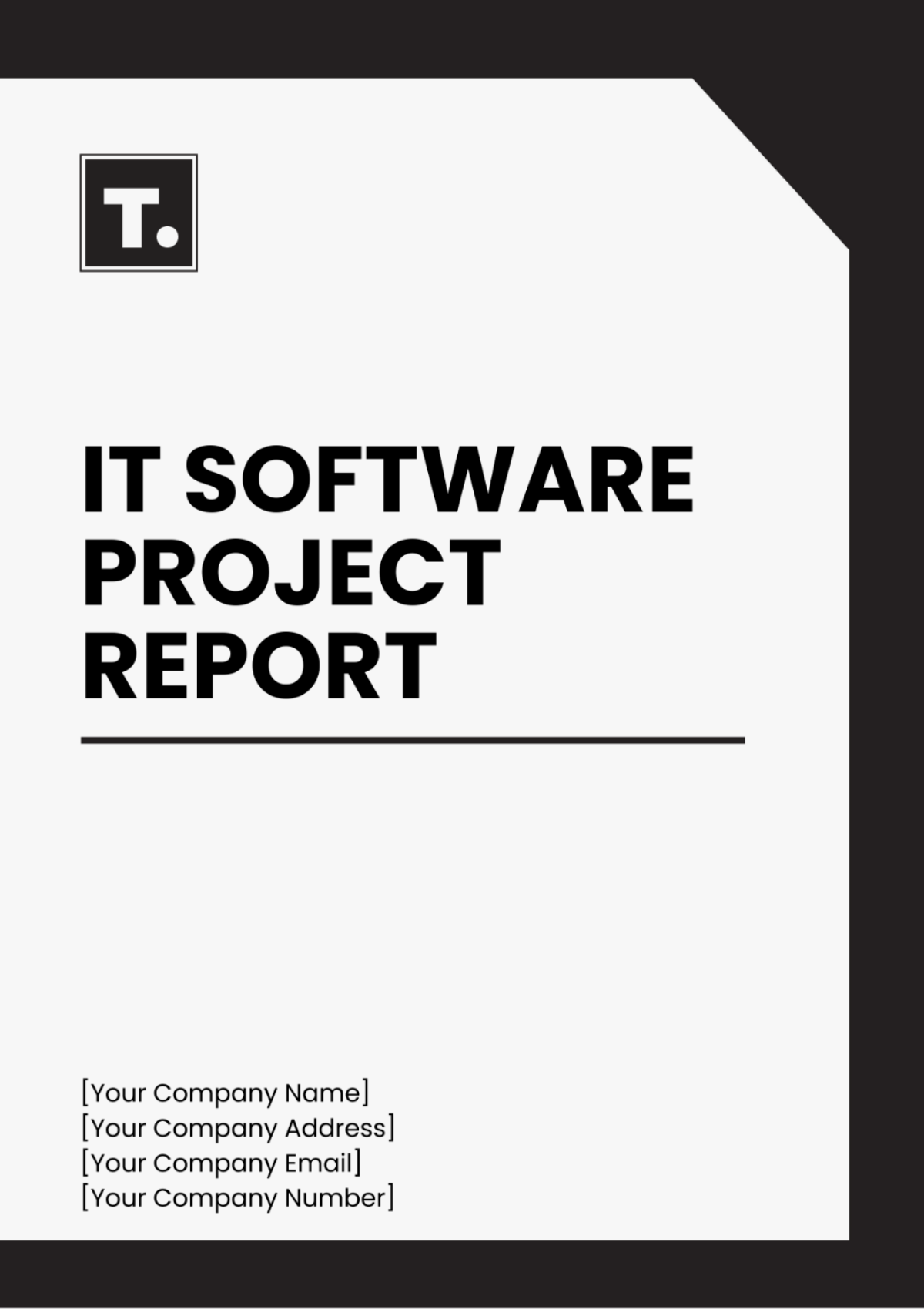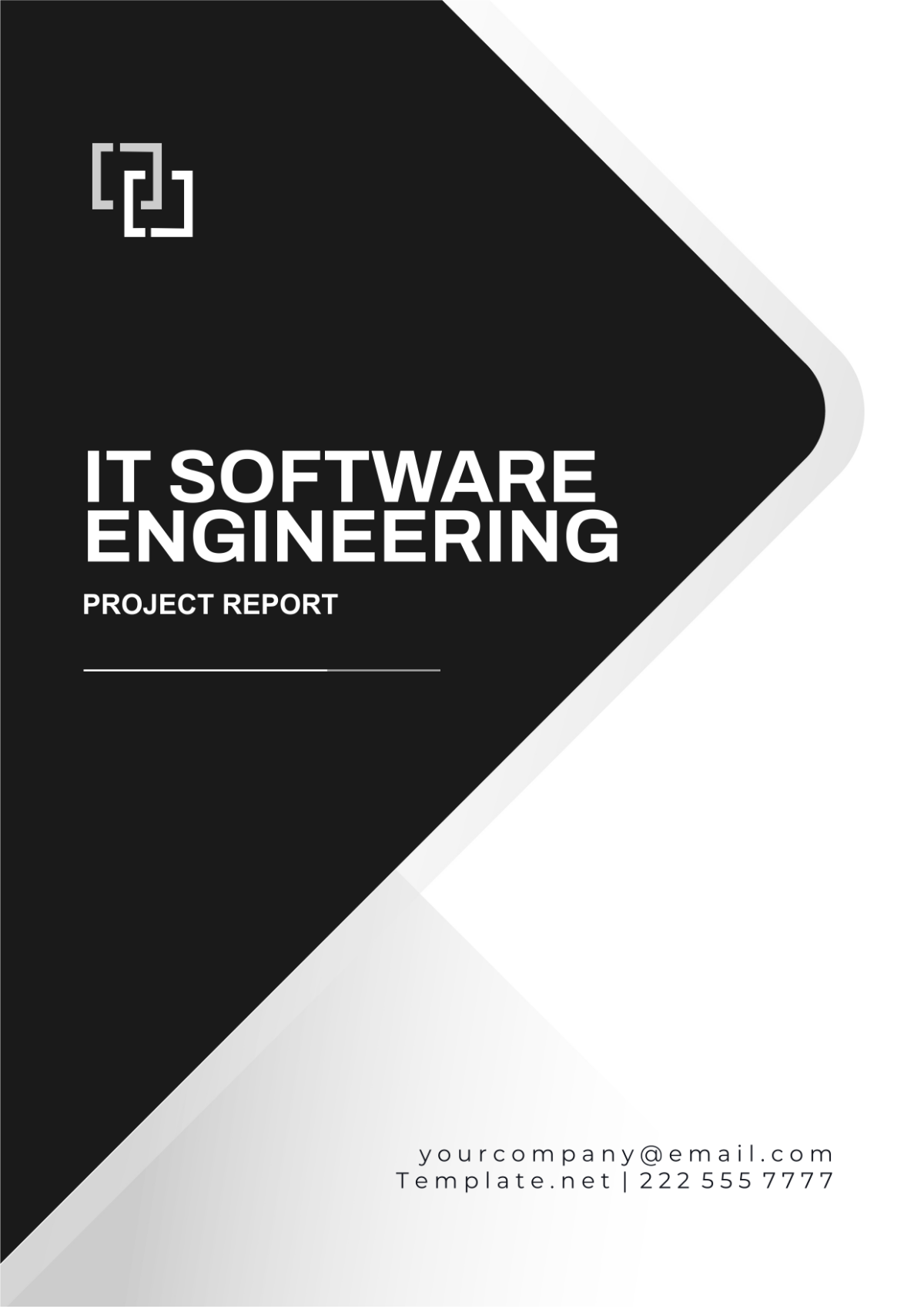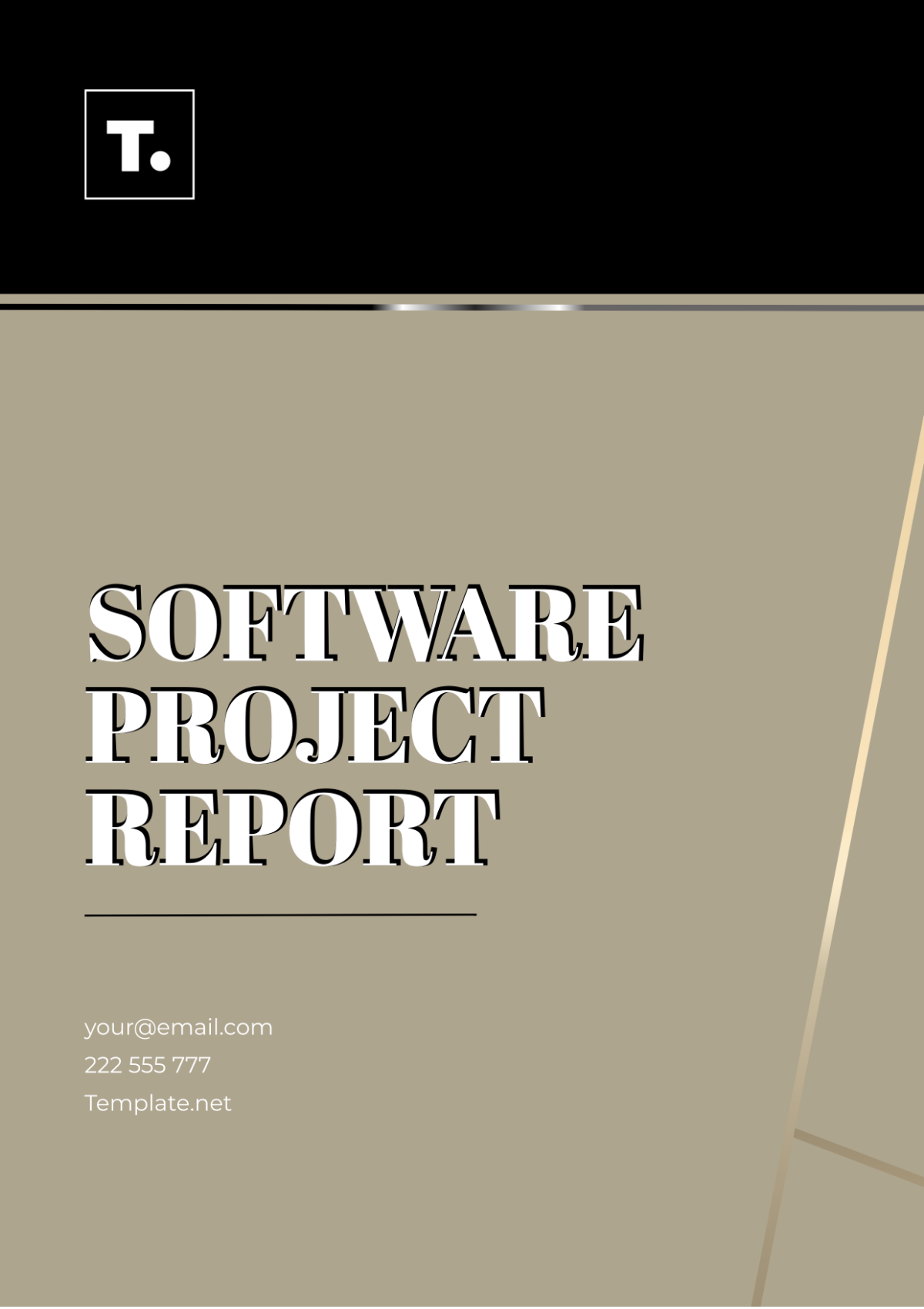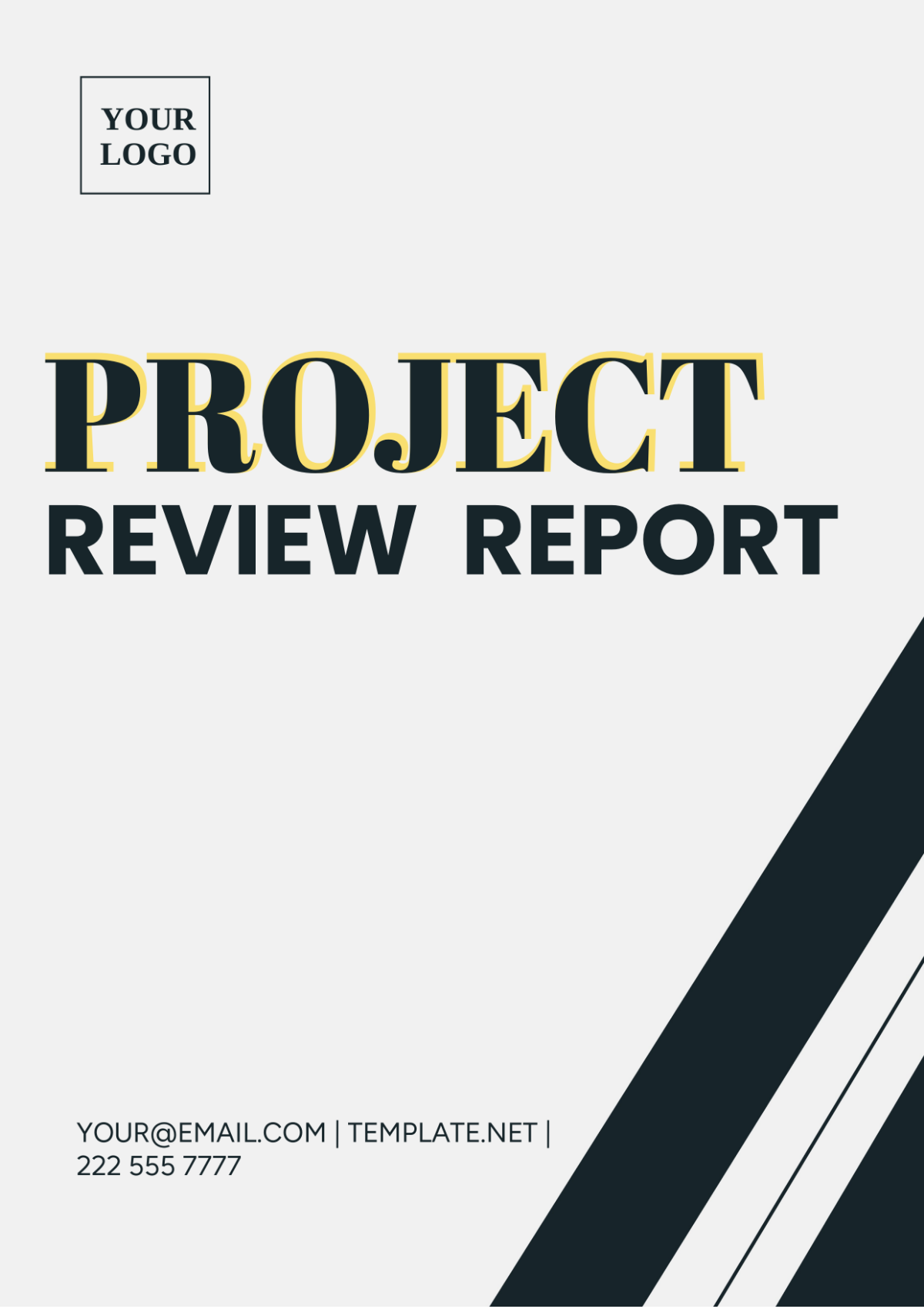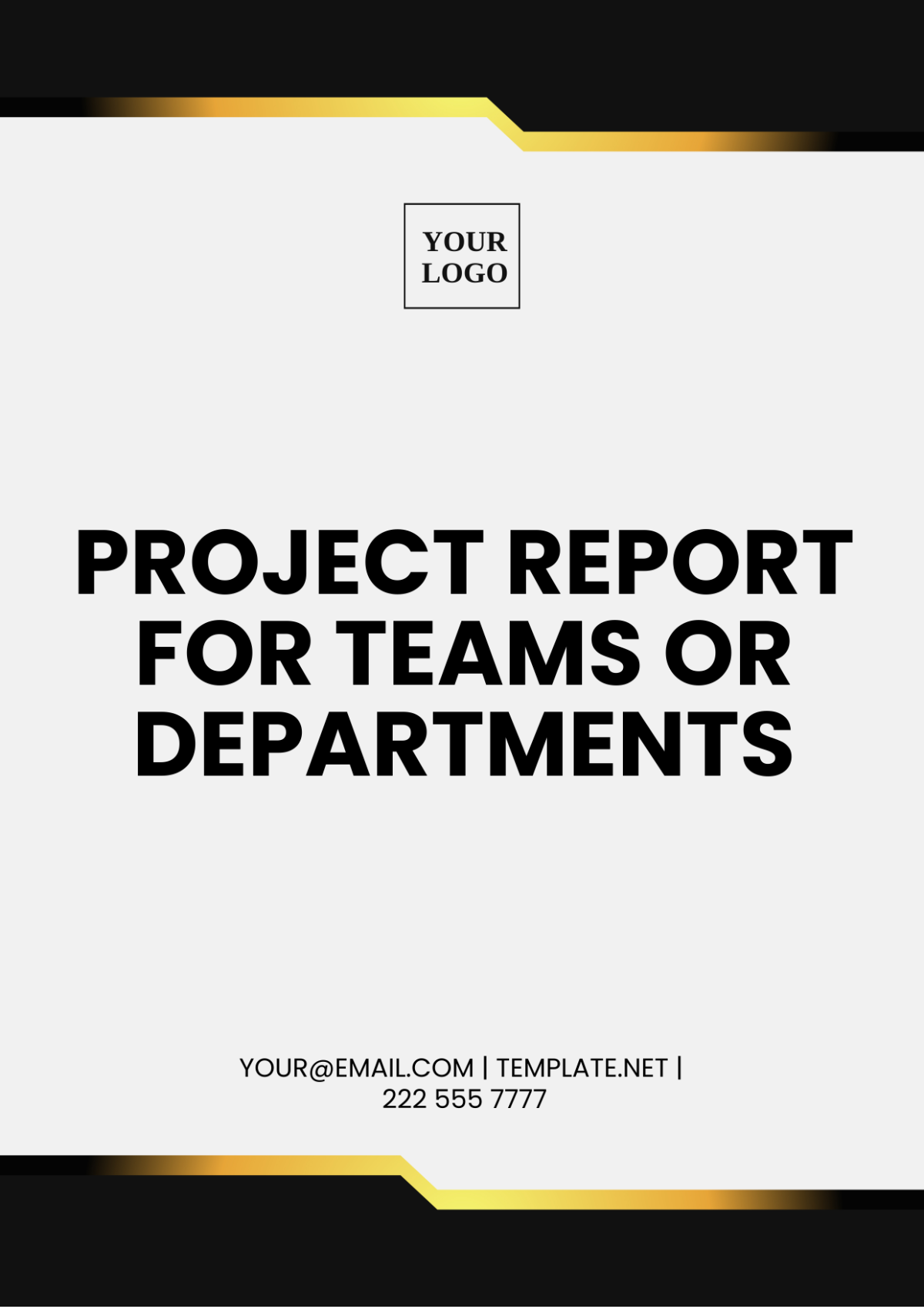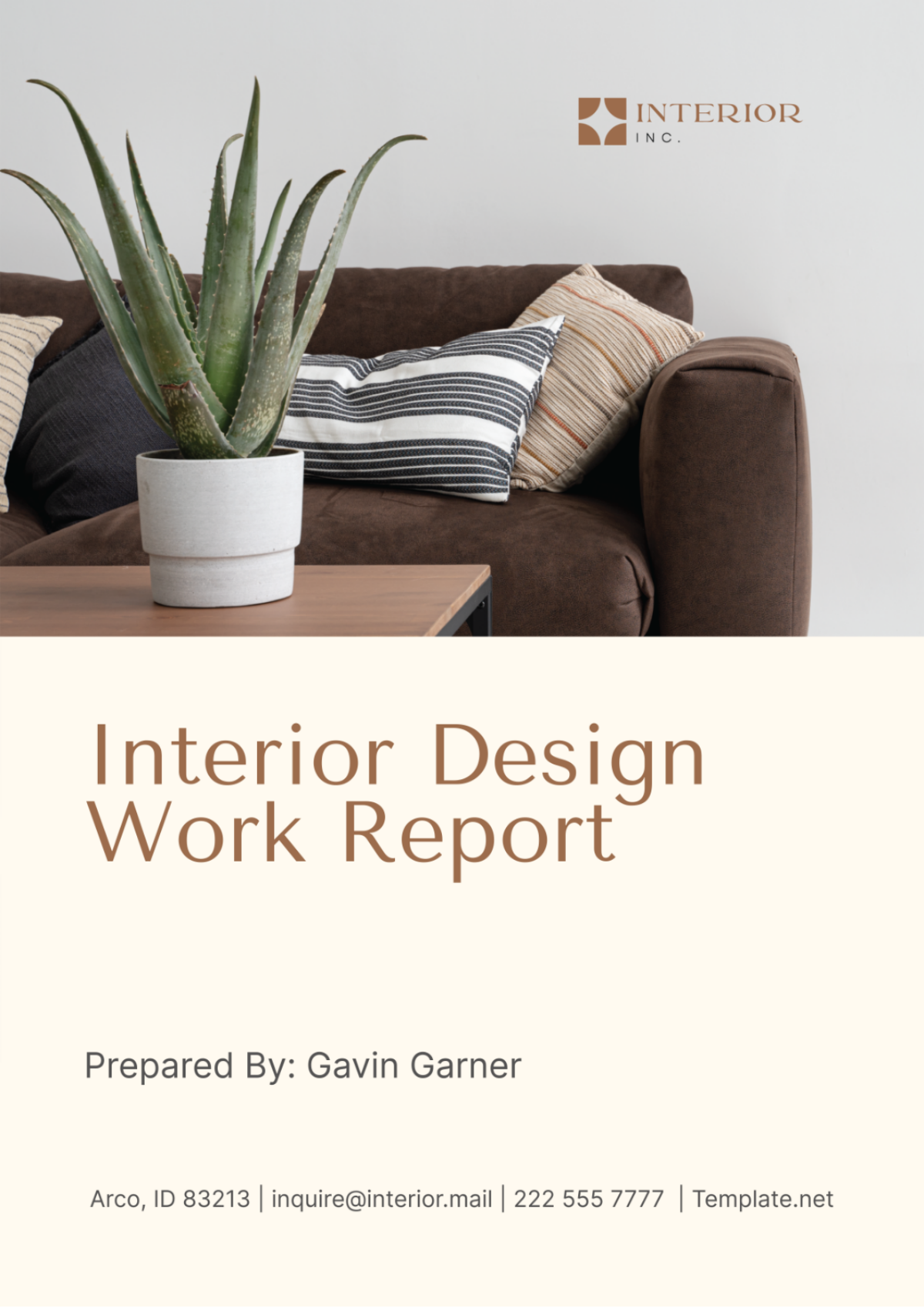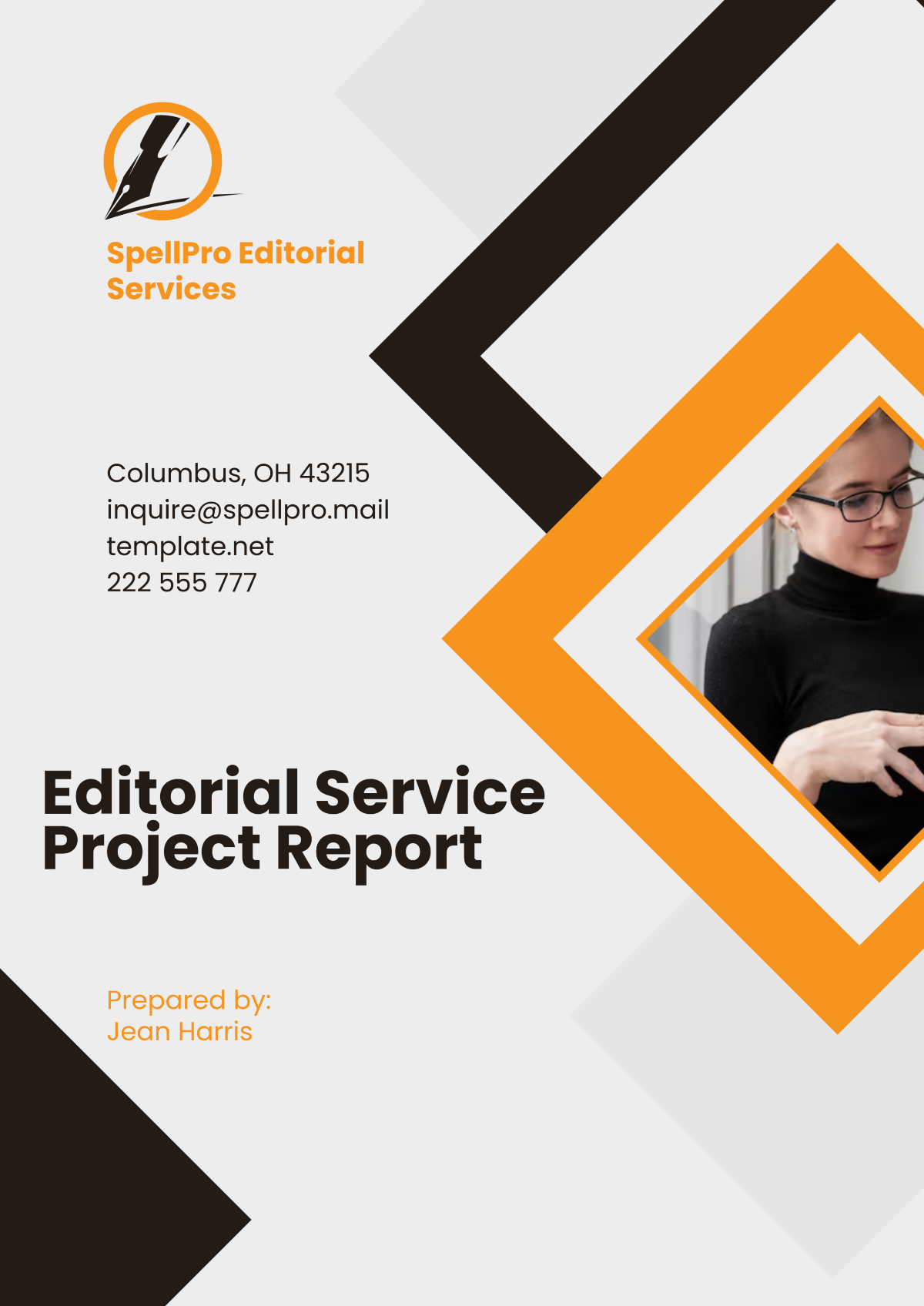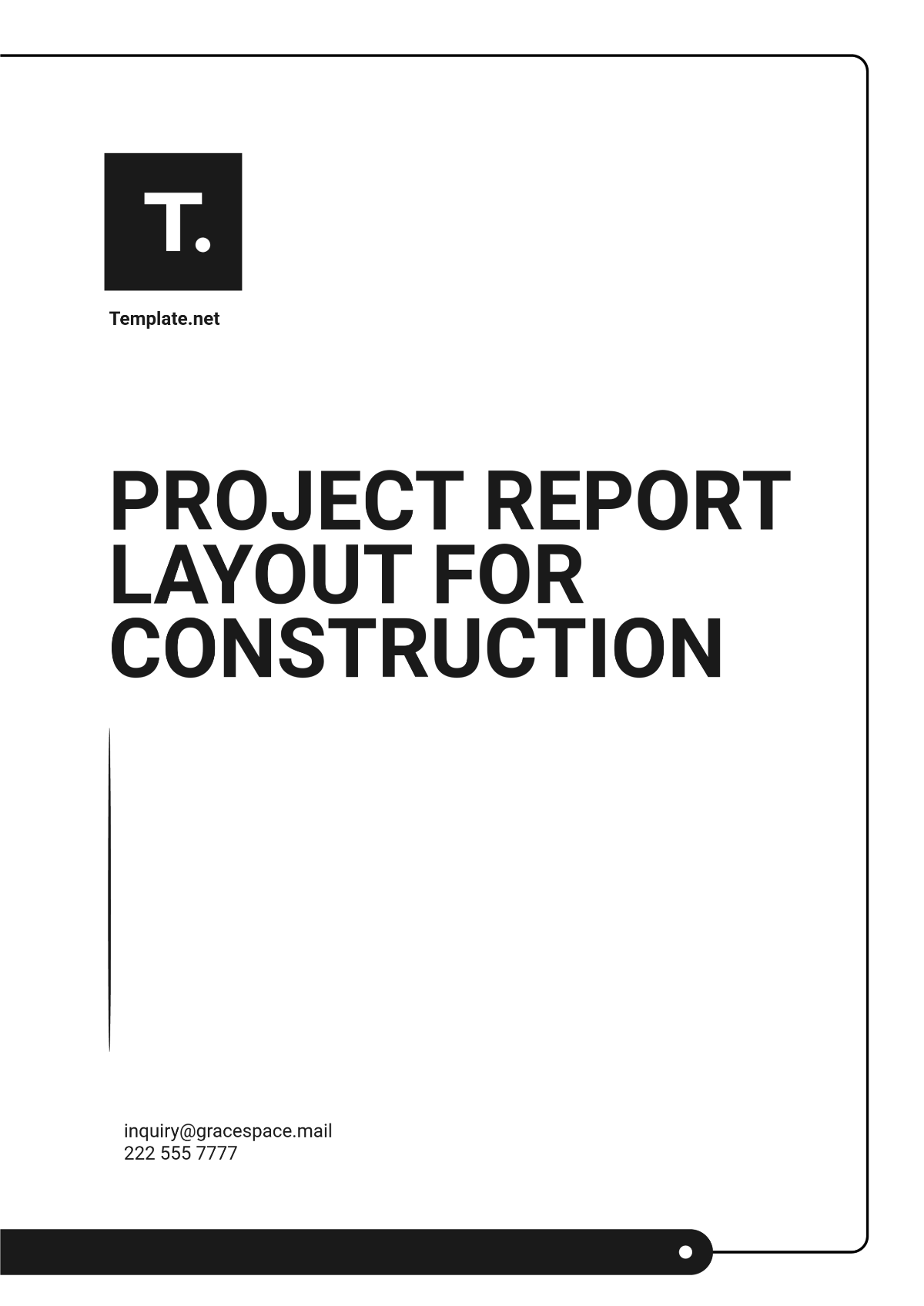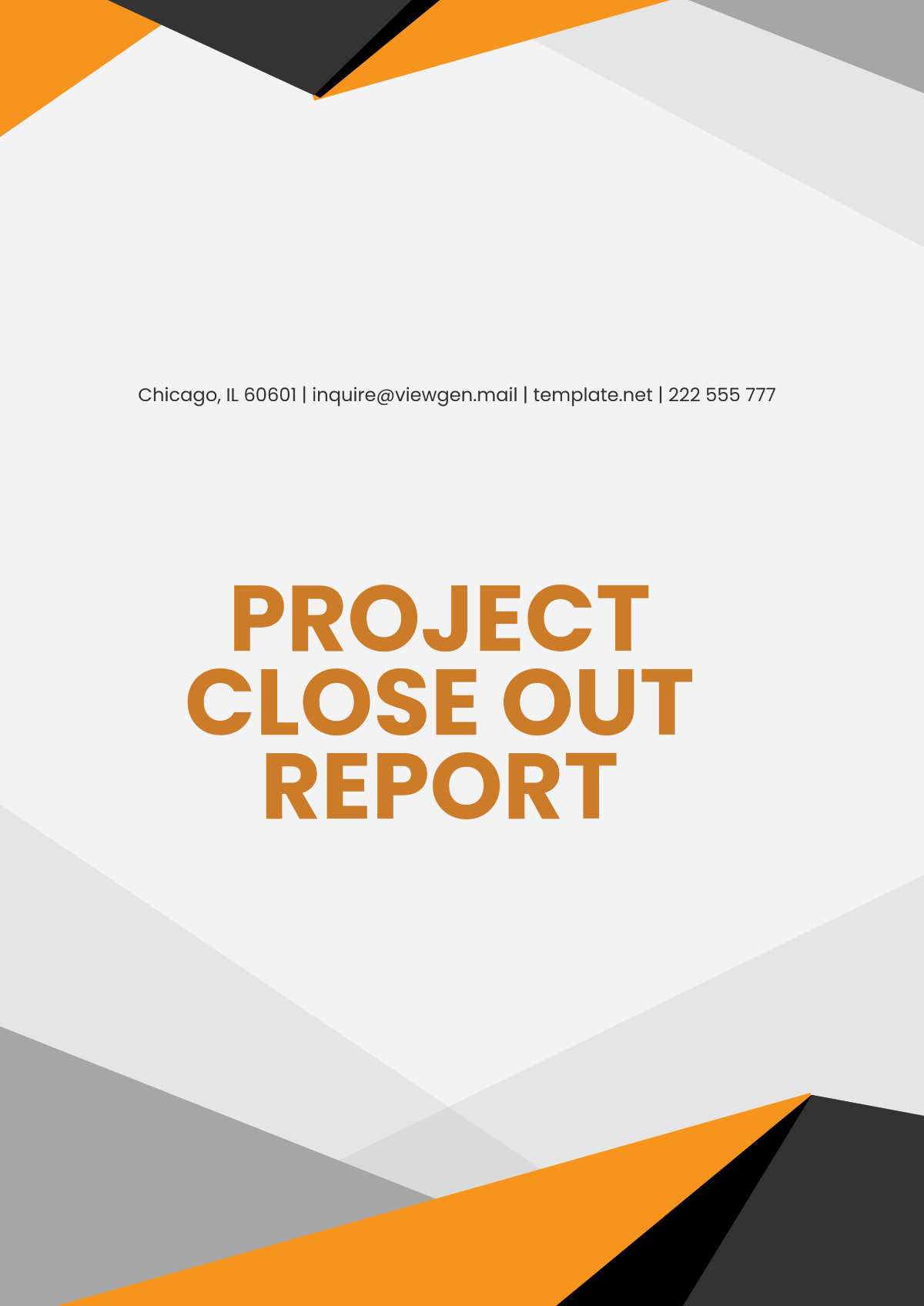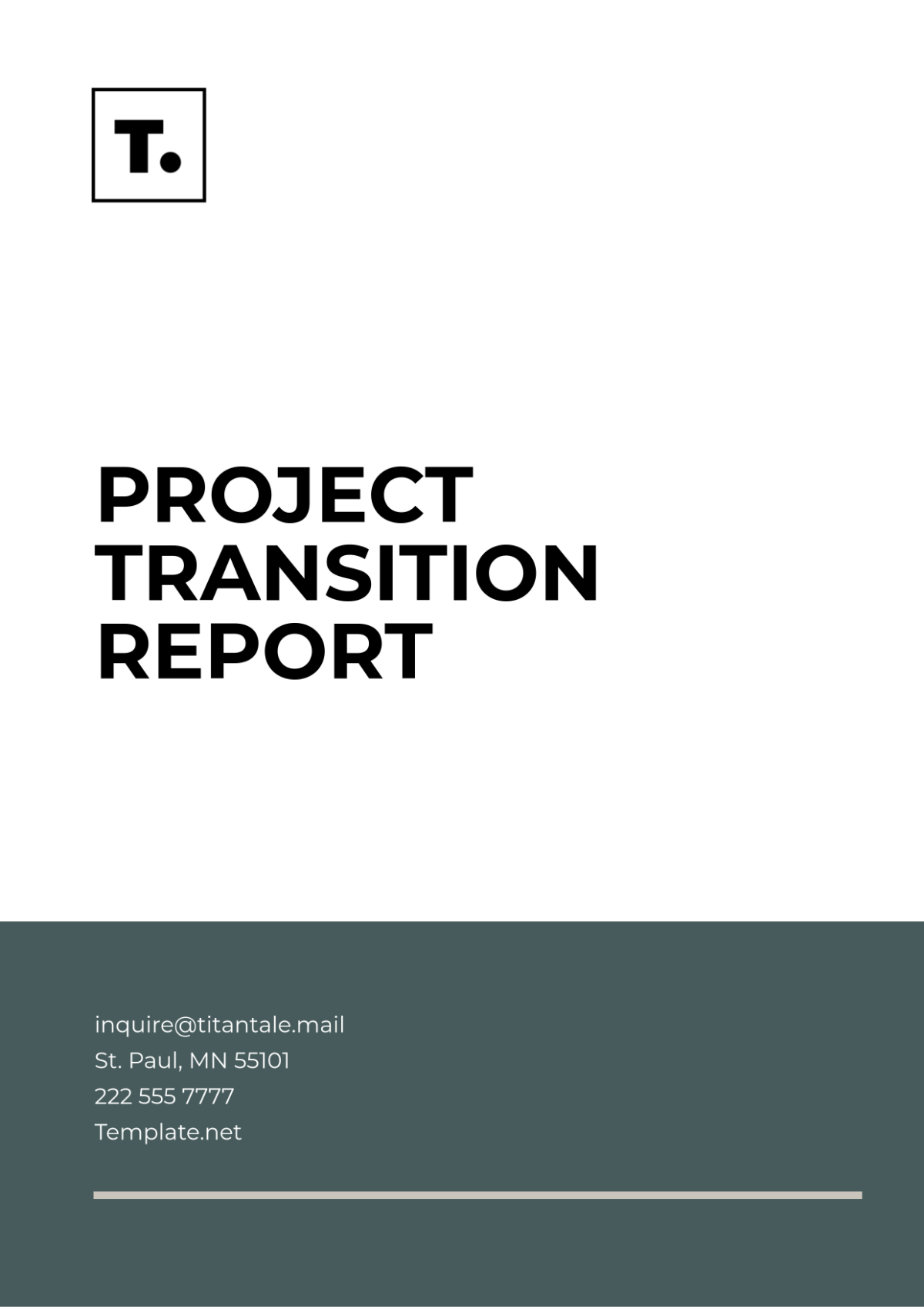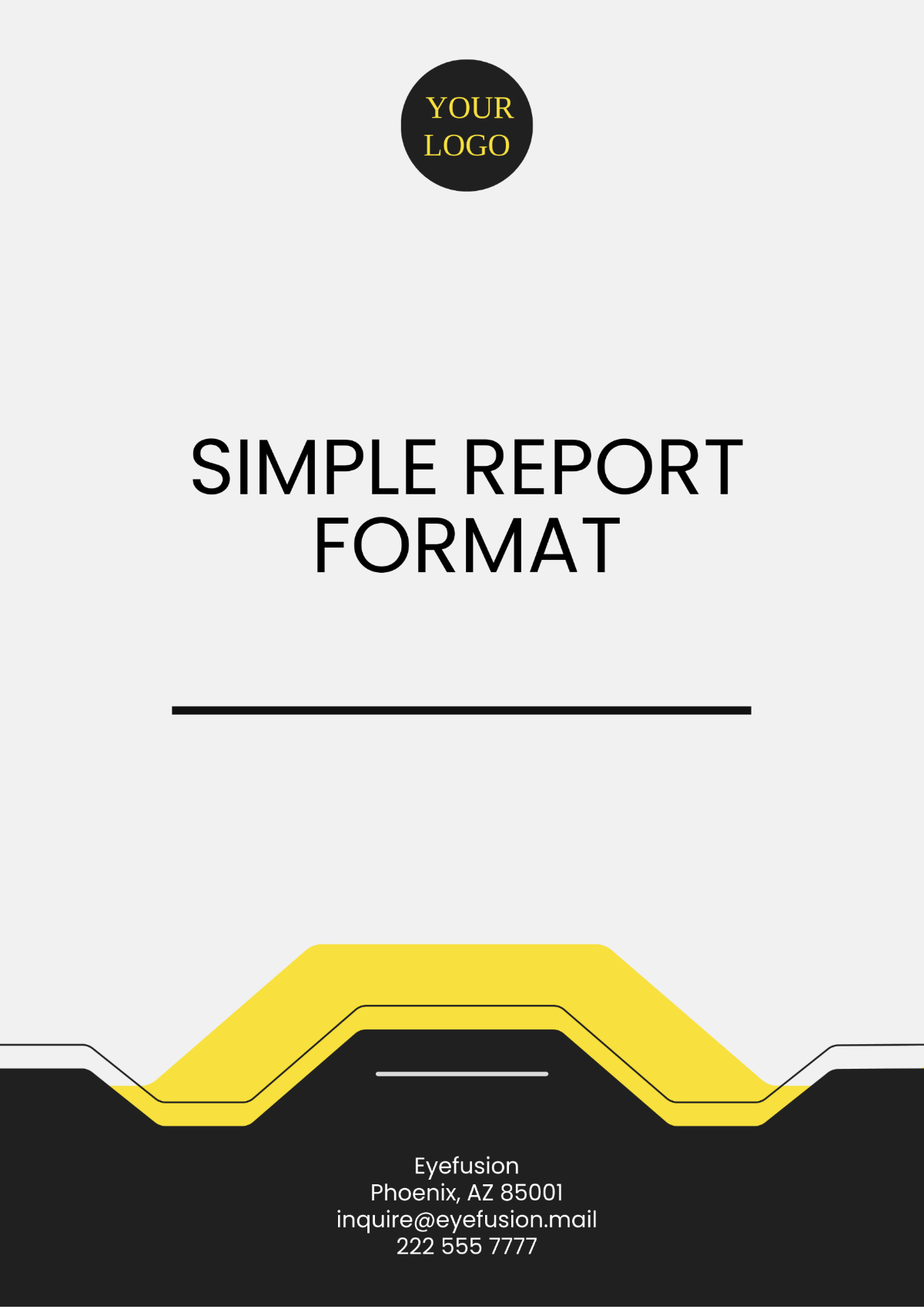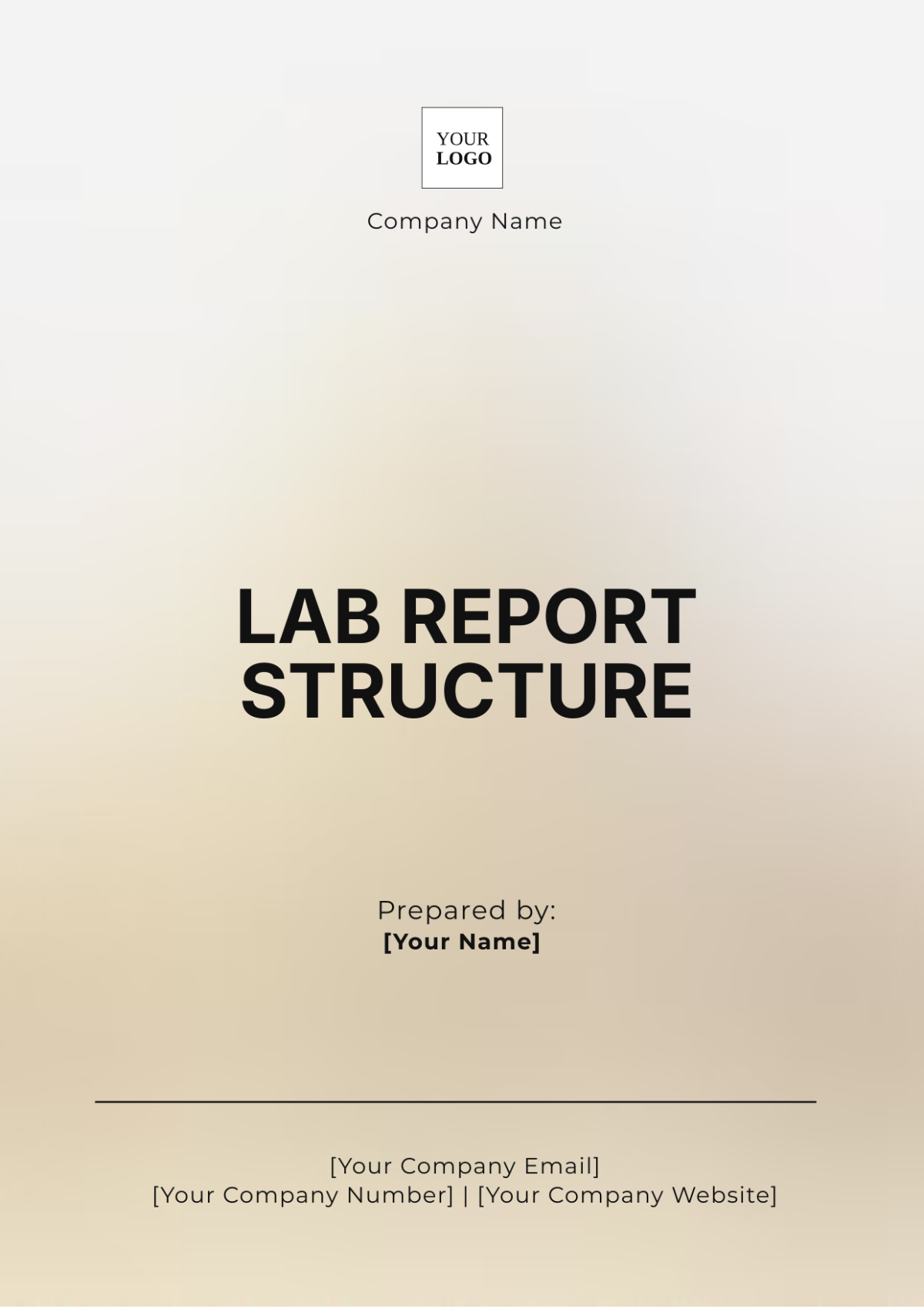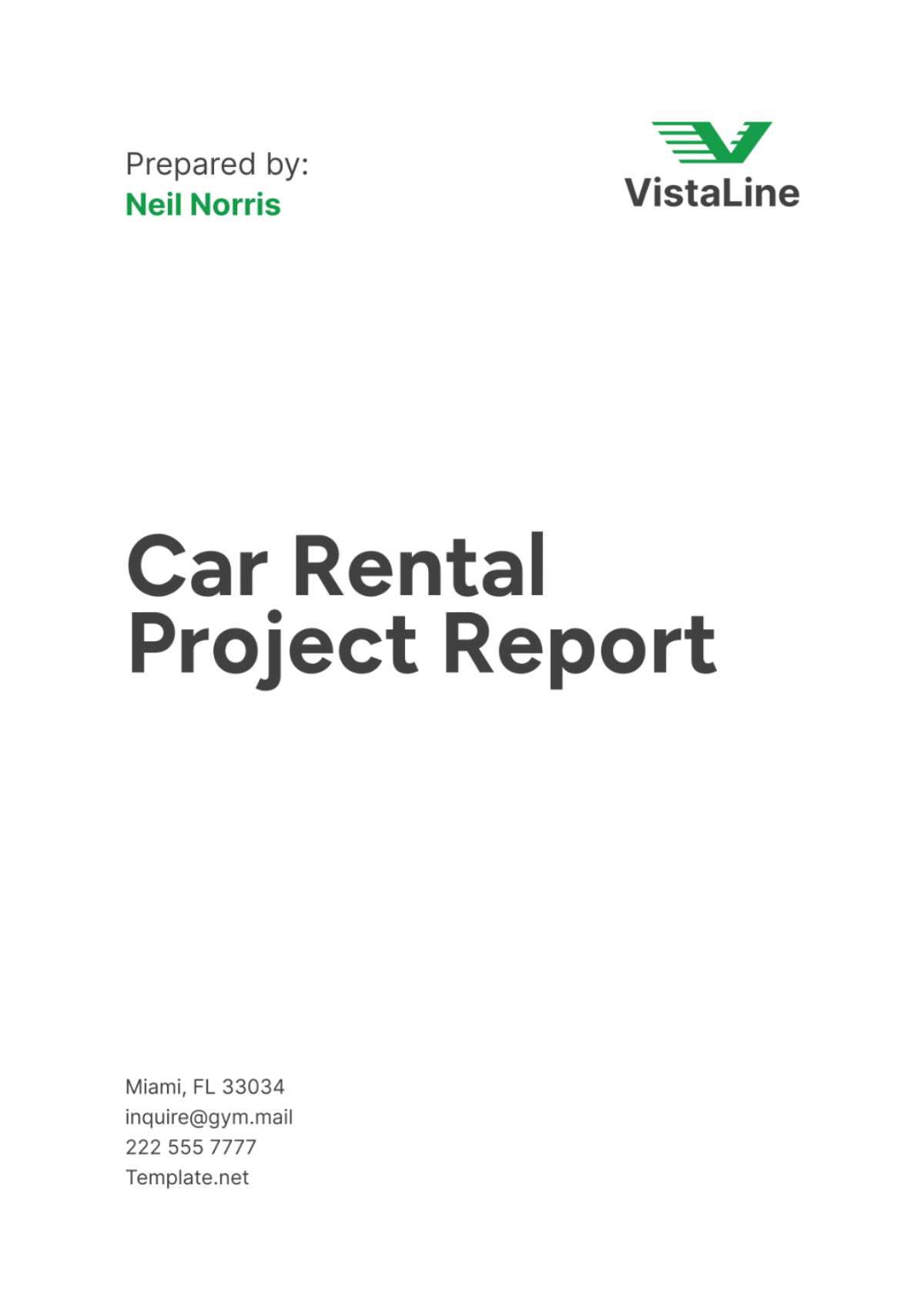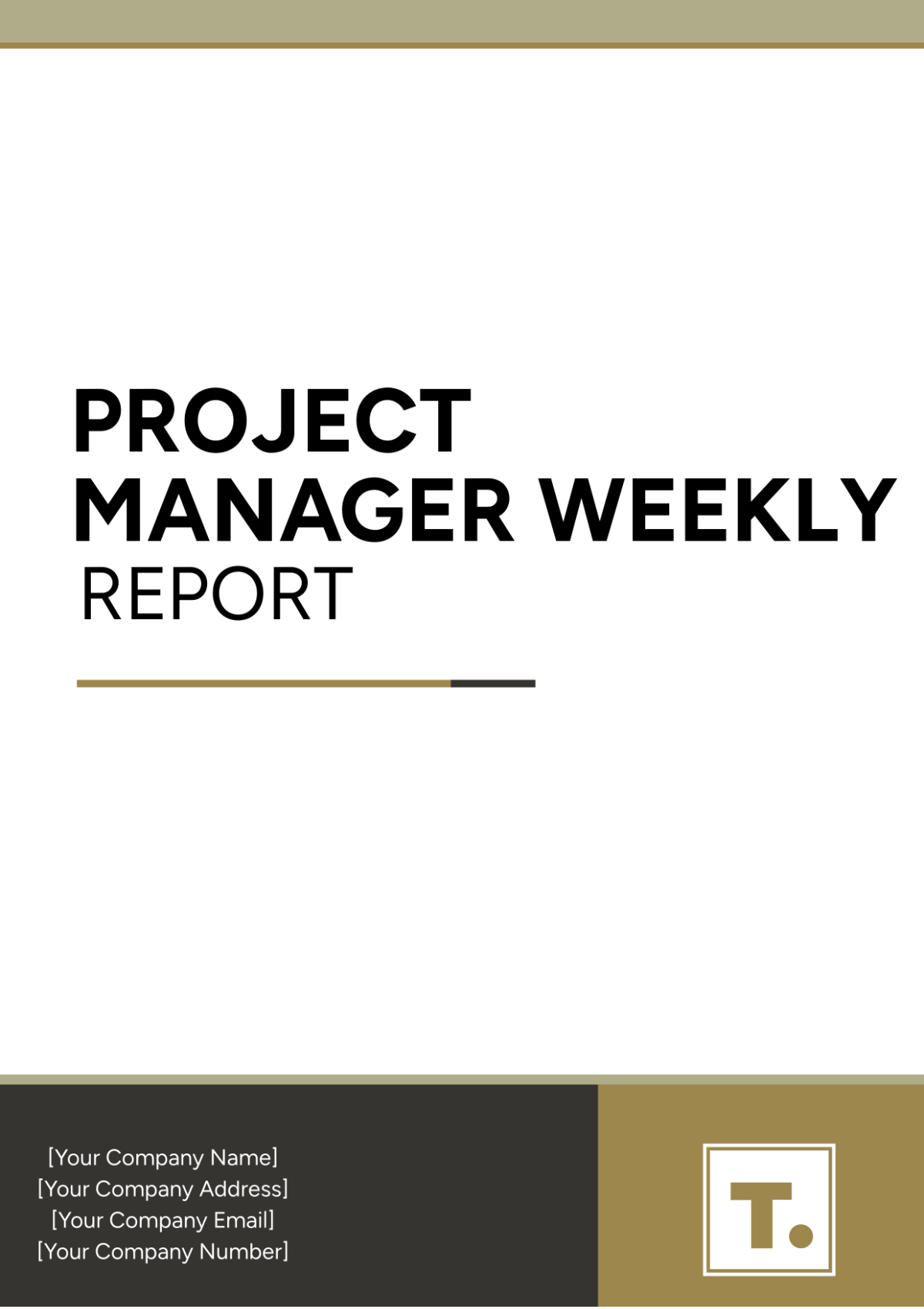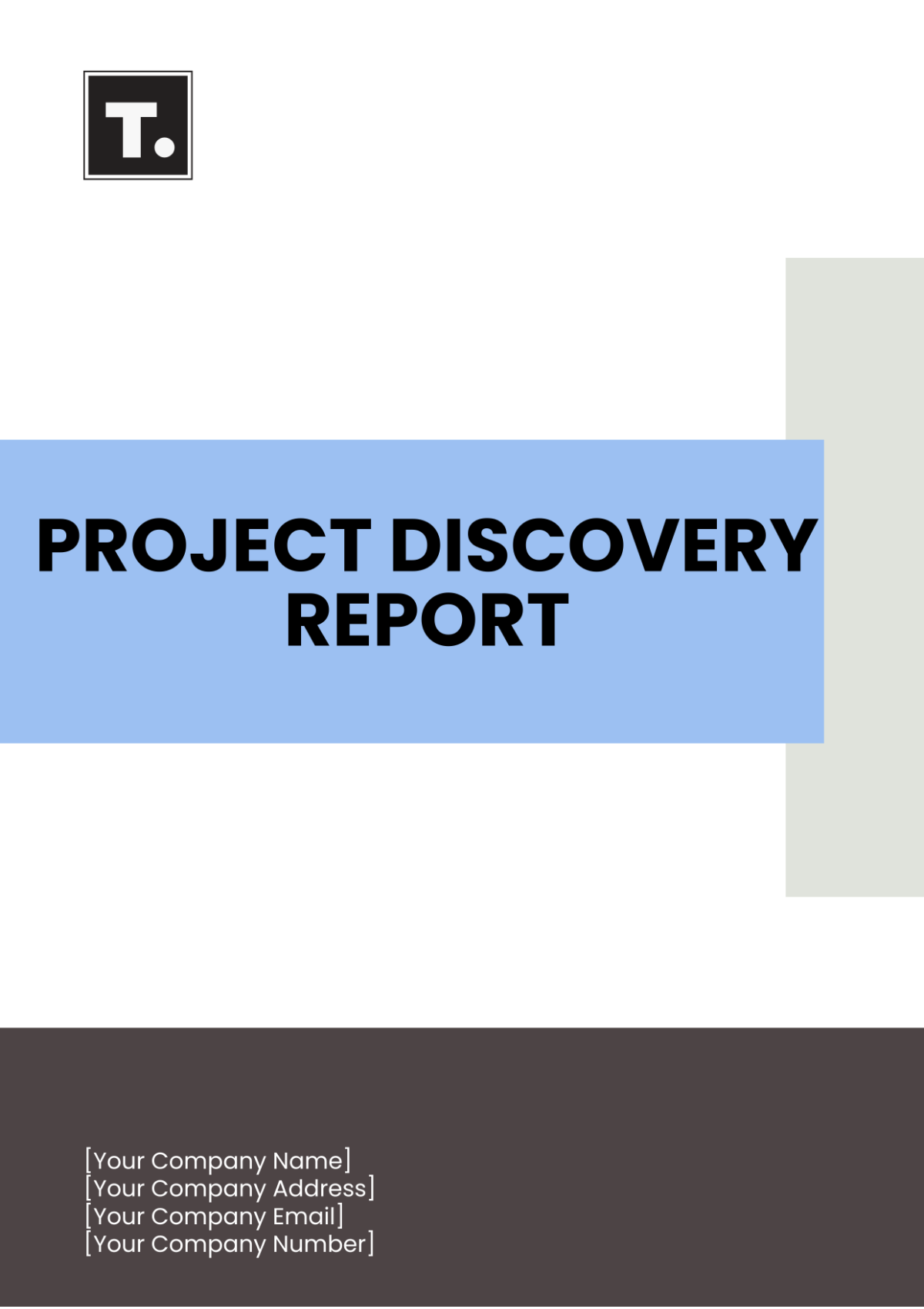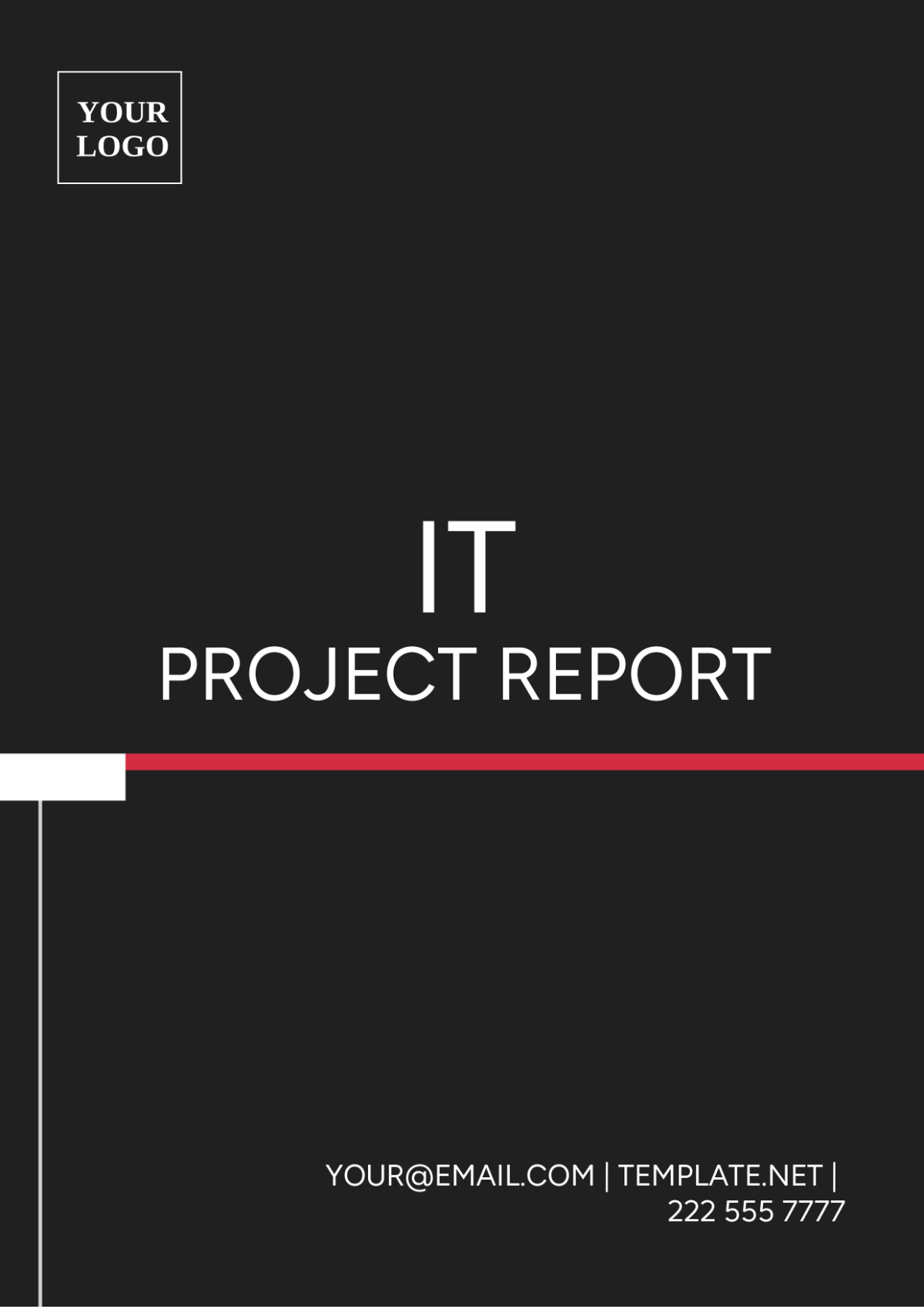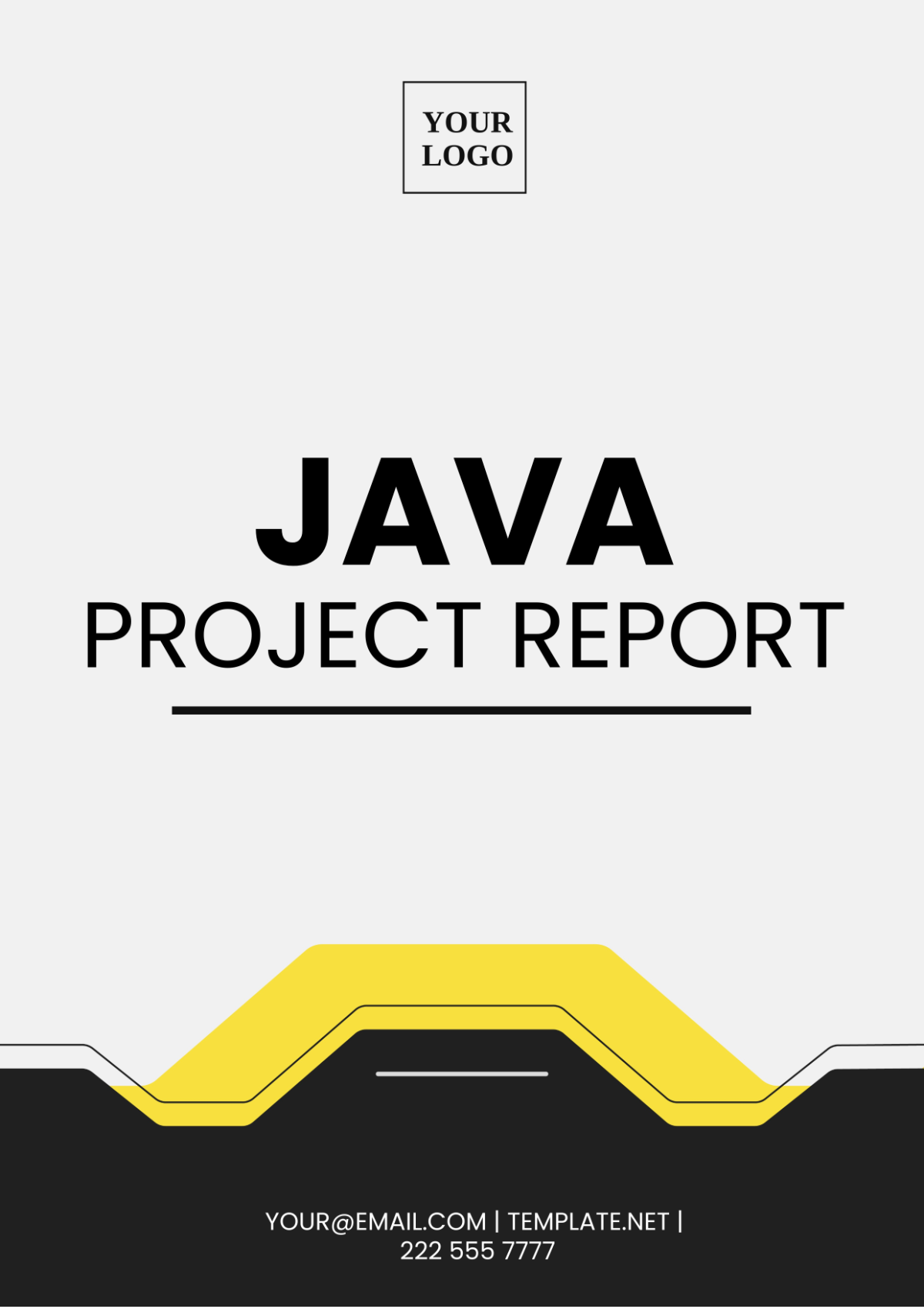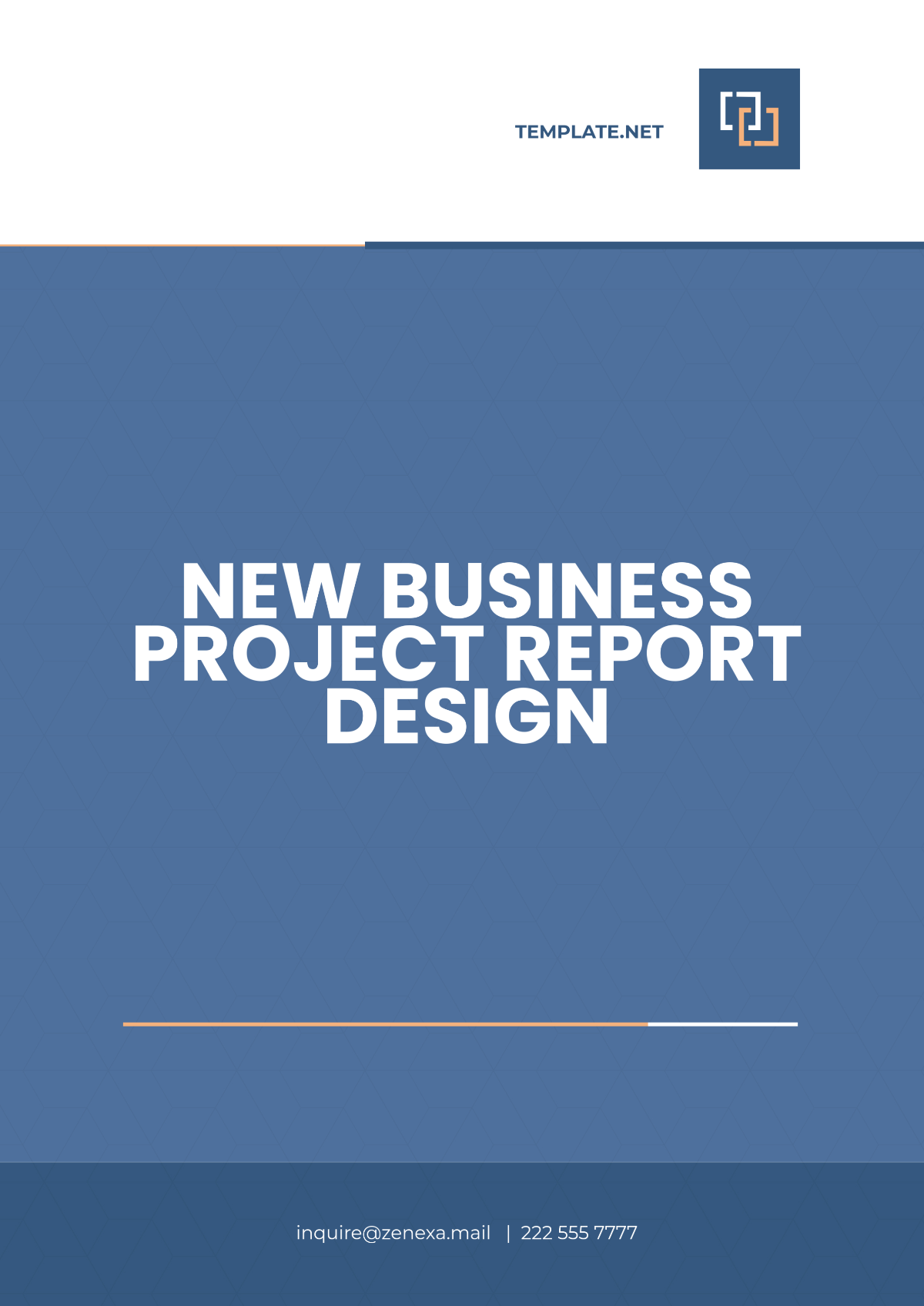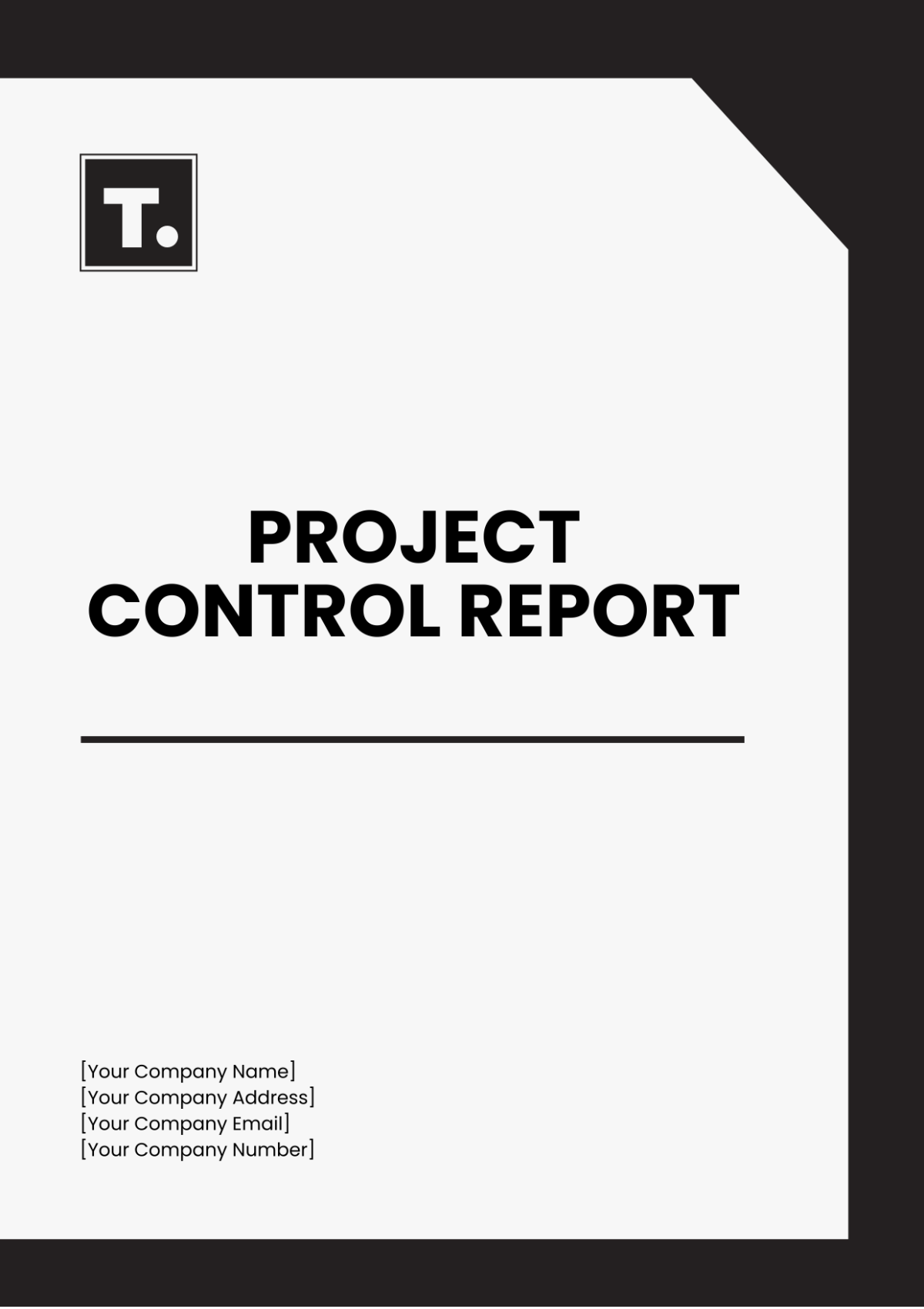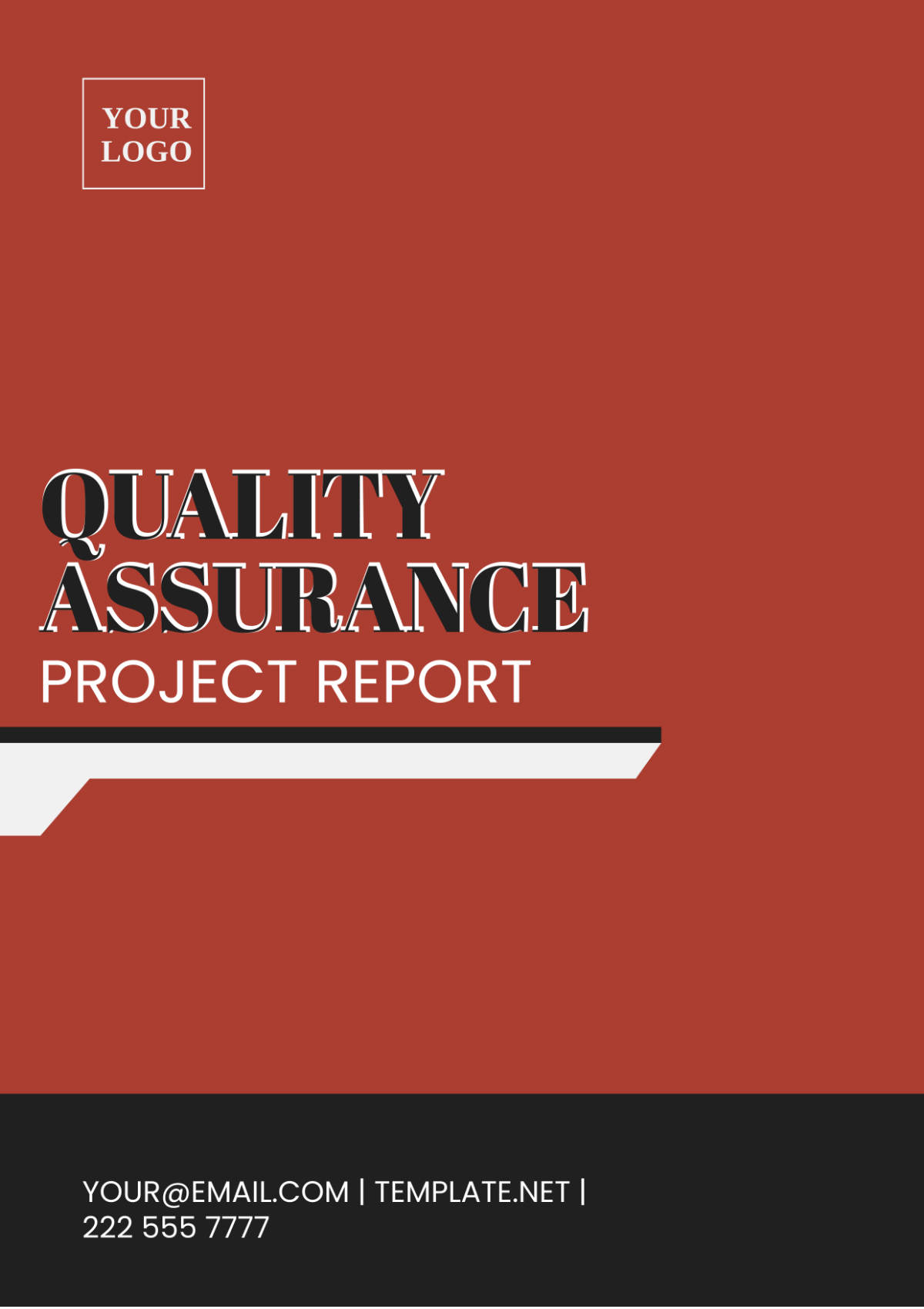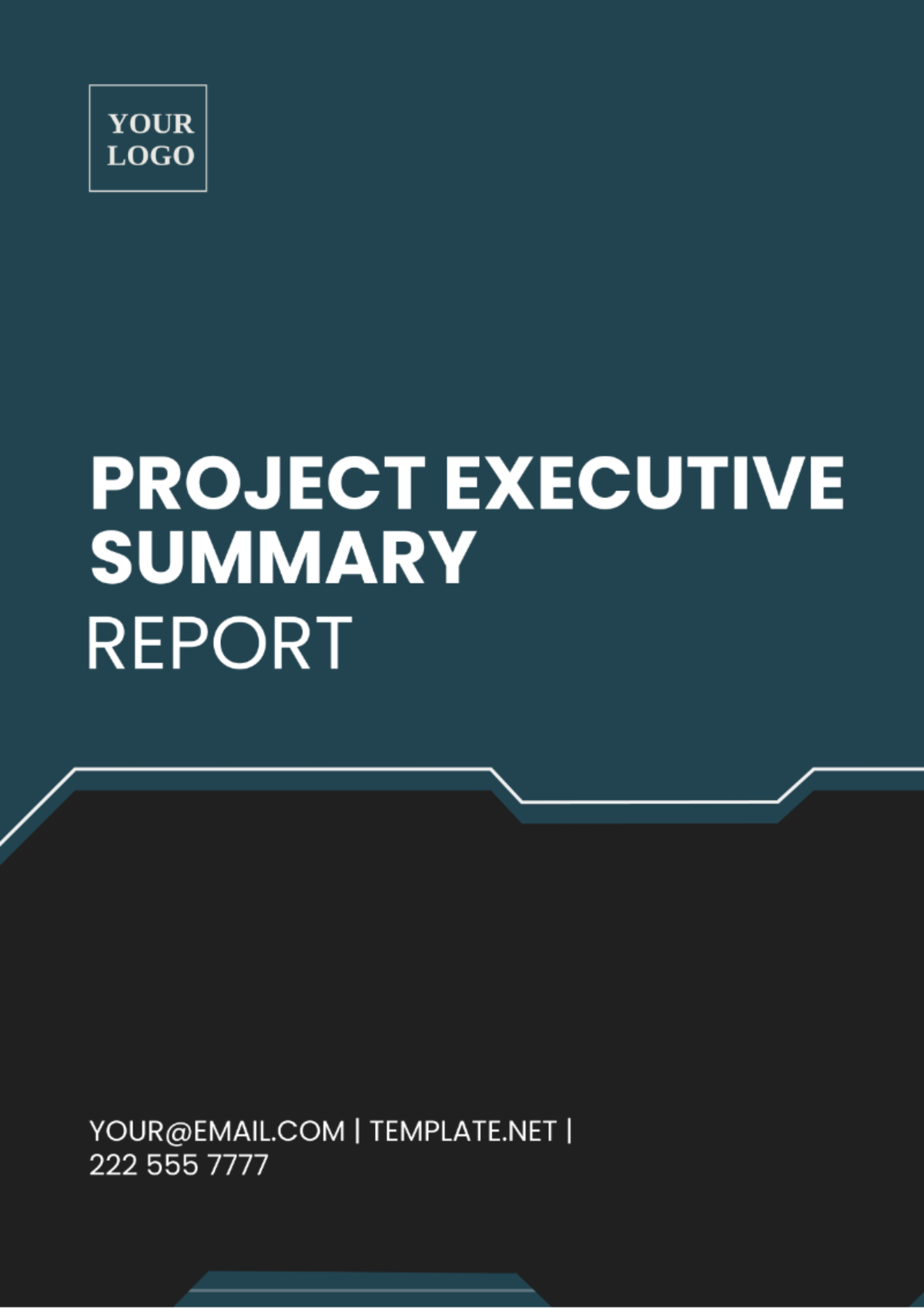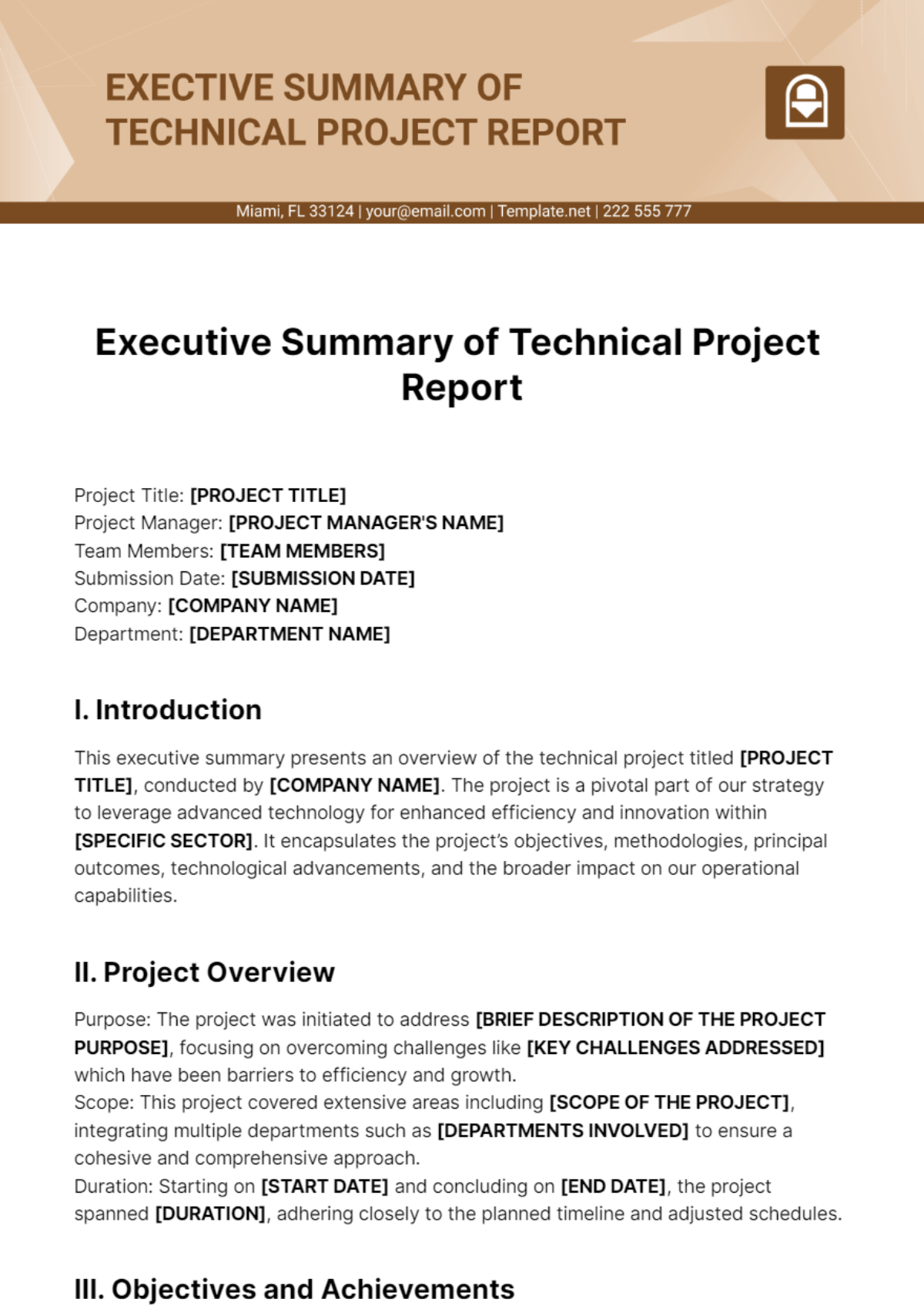Software Project Report
Prepared By: [Your Name]
Company: [Your Company Name]
Report Date: June 10, 2050
I. Executive Summary
As part of [Your Company Name]'s commitment to excellence, this Software Project Report provides a detailed overview of the project's progress, achievements, and upcoming milestones. The project, titled the Advanced Software Development Initiative, is a critical component of our strategy to enhance our technological capabilities and deliver superior value to our clients in sectors ranging from finance and healthcare to manufacturing and e-commerce.
II. Project Overview
Project Title: Advanced Software Development Initiative
Project Manager: [Your Name], PMP, with over 5 years of experience in leading complex software development projects.
Project Start Date: June 10, 2050
Projected End Date: February 15, 2051
III. Objectives
The primary objectives of this project are:
Develop a cutting-edge software platform with AI and blockchain integration, using machine learning to analyze big data for actionable business insights, ensuring high performance and security.
The software will include advanced features such as real-time analytics, customizable interfaces, and integration with third-party apps, and will support a multi-tenant architecture to allow clients to customize their user experience and workflows to meet specific needs.
The platform will utilize open APIs and microservices for easy integration with both legacy and emerging technologies, ensuring interoperability, scalability, and future adaptability for evolving business requirements.
IV. Deliverables
The key deliverables for this project are:
Comprehensive Software Requirements Specification (SRS) document incorporating functional and non-functional requirements, user stories, and acceptance criteria, to be collaboratively crafted with stakeholders via workshops and interviews to align with business goals and user expectations.
Design documentation and architecture diagrams detailing system components, data flow, and interaction patterns. The architecture will follow industry best practices, such as modular design, loose coupling, and separation of concerns, to facilitate maintainability, extensibility, and scalability.
Working prototypes and final software builds demonstrating core functionalities, user interfaces, and backend processes. The prototypes will be iteratively refined based on user feedback and usability testing, ensuring an intuitive and engaging user experience across devices and platforms.
Testing and quality assurance reports documenting test plans, test cases, and test results. The testing process will encompass functional testing, performance testing, security testing, and regression testing, leveraging automated testing tools and techniques to ensure comprehensive test coverage and defect detection.
Milestones
V. Milestones
The project timeline includes the following critical milestones:
Requirements Gathering: February 1, 2050 - March 1, 2050
Design Phase Completion: April 15, 2050
First Prototype Release: July 1, 2050
Testing Phase: August 1, 2050 - November 1, 2050
Final Release: December 15, 2050
VI. Challenges and Risks
Several challenges and risks have been identified that may impact project success. Mitigation strategies will be employed to address these issues.
Risk 1: Scope Creep - Mitigation strategy: Strict change management procedures, with any scope changes requiring impact analysis and approval from the project steering committee to ensure alignment with project objectives and priorities
Risk 2: Resource Allocation - Mitigation strategy: Regular resource planning and monitoring, utilizing resource management tools to track project tasks, allocate resources effectively, and identify potential bottlenecks or resource constraints proactively.
Risk 3: Technology Dependencies - Mitigation strategy: Continuous evaluation of technology dependencies and alternatives, with contingency plans in place to mitigate risks related to third-party dependencies, platform compatibility issues, or technological obsolescence.
VII. Budget and Resources
The total budget allocated for the project is $2 million, covering personnel costs, software licenses, infrastructure expenses, and contingency reserves. Resources will include skilled software developers, project managers, business analysts, UX/UI designers, and quality assurance testers sourced from both internal teams and external consultants with expertise in relevant technologies and domains.
VIII. Conclusion
This comprehensive report underscores [Your Company Name]'s dedication to achieving project excellence and delivering value to our stakeholders. We are committed to leveraging our technical expertise, industry experience, and collaborative approach to ensure the successful execution of the Advanced Software Development Initiative. By delivering a robust and innovative software platform that addresses the evolving needs of our clients, we aim to reinforce our reputation as a trusted partner for transformative digital solutions.
